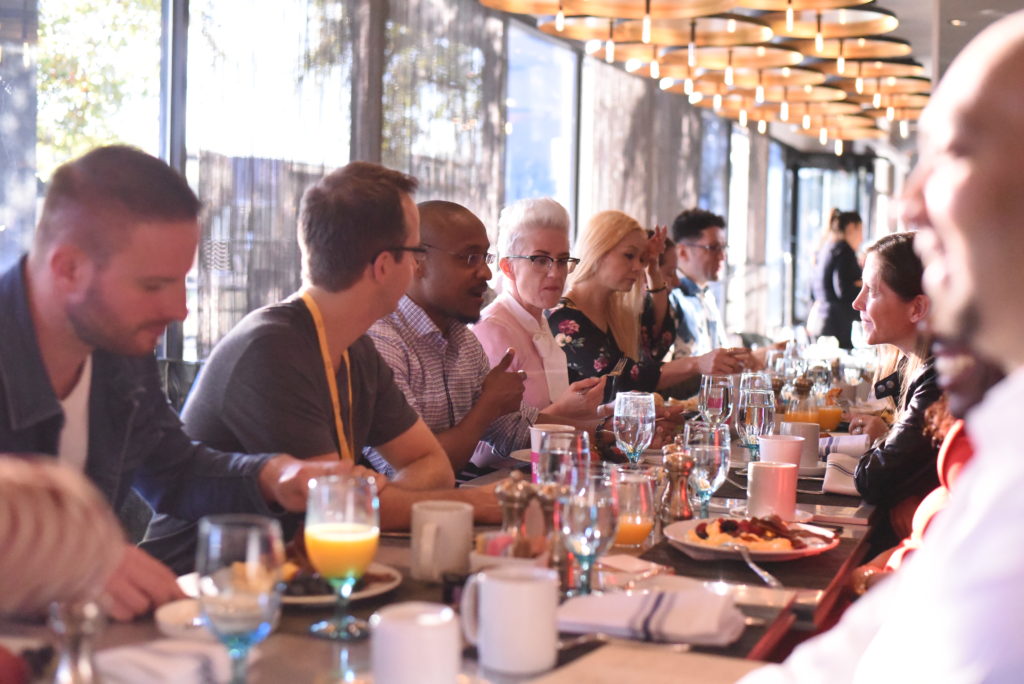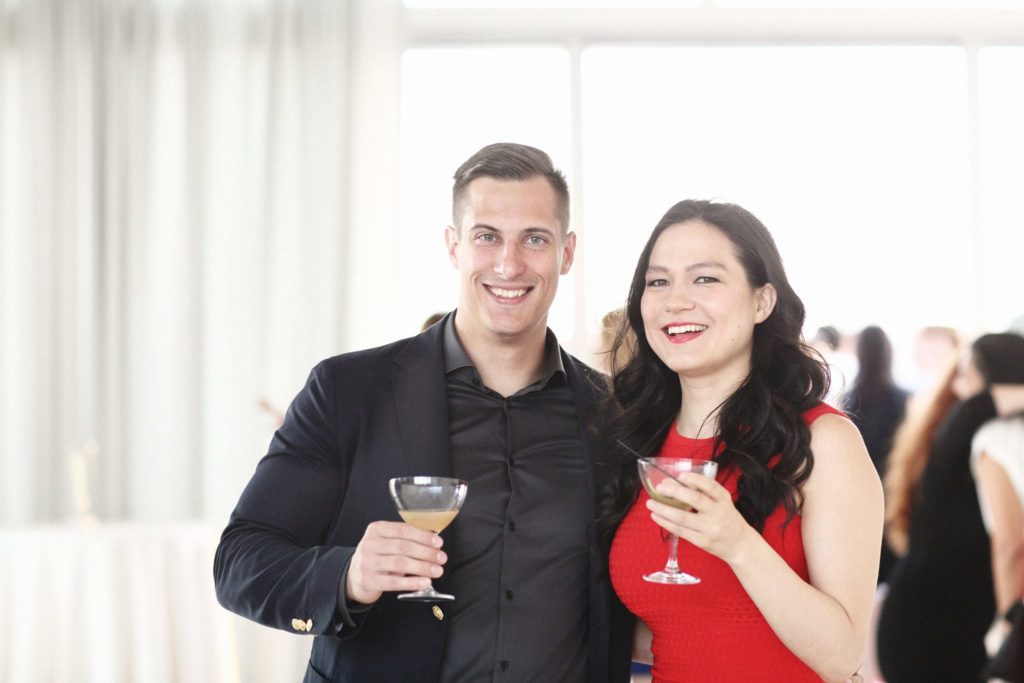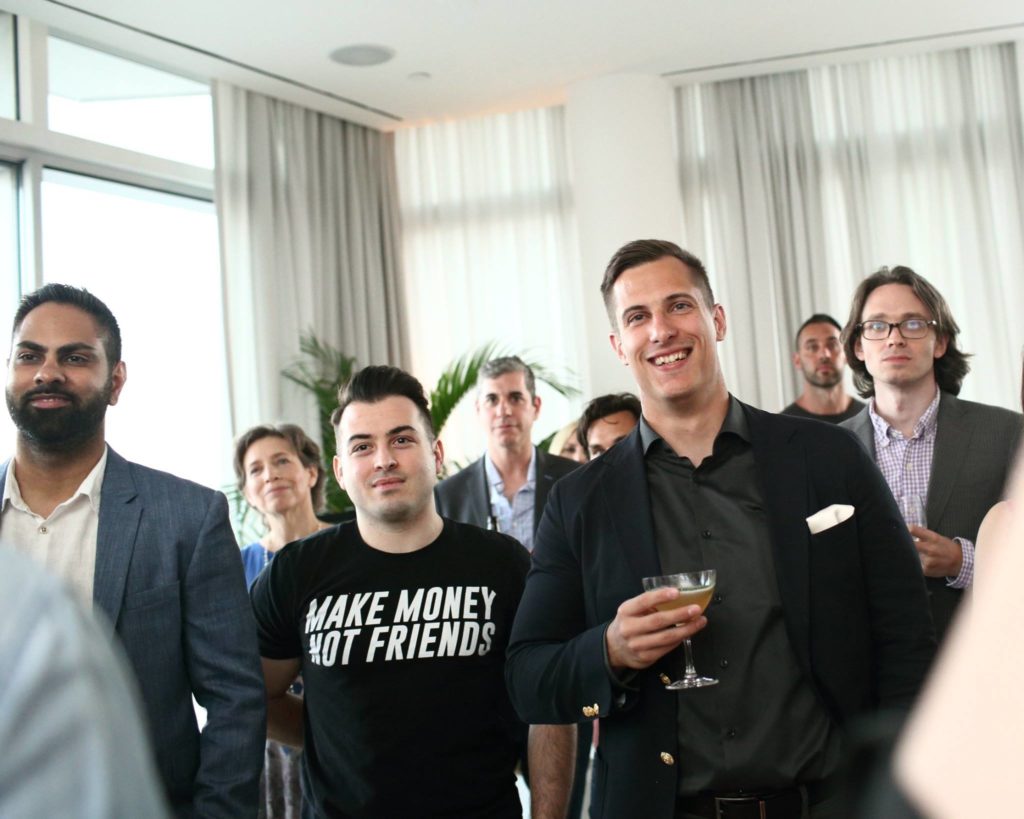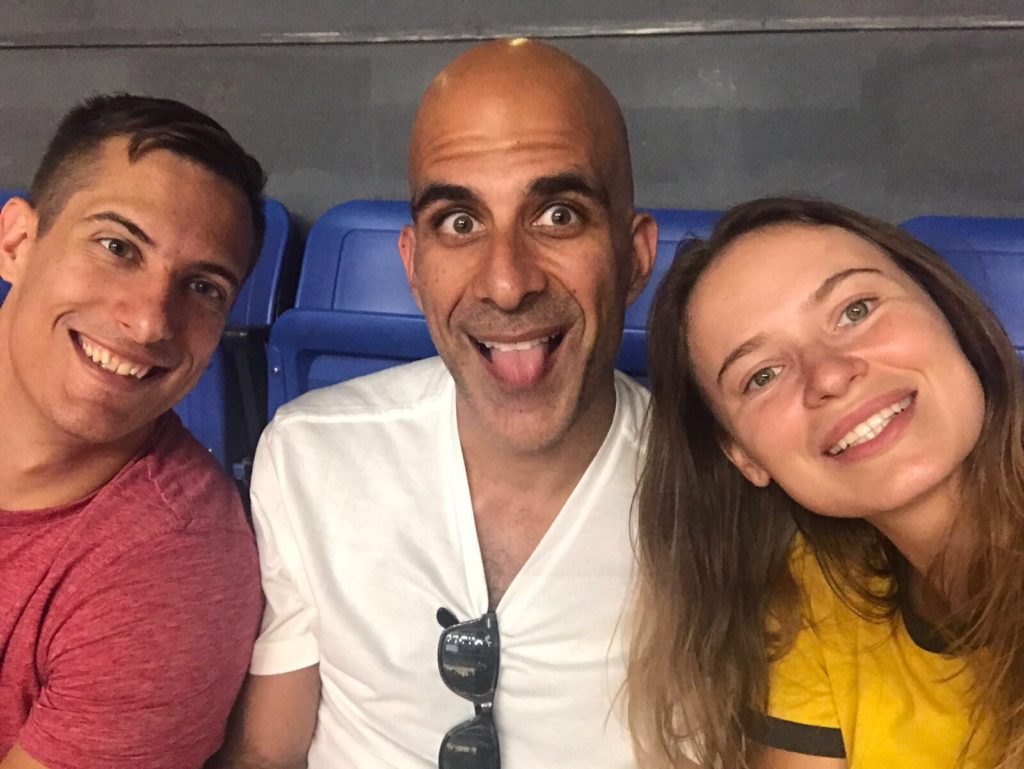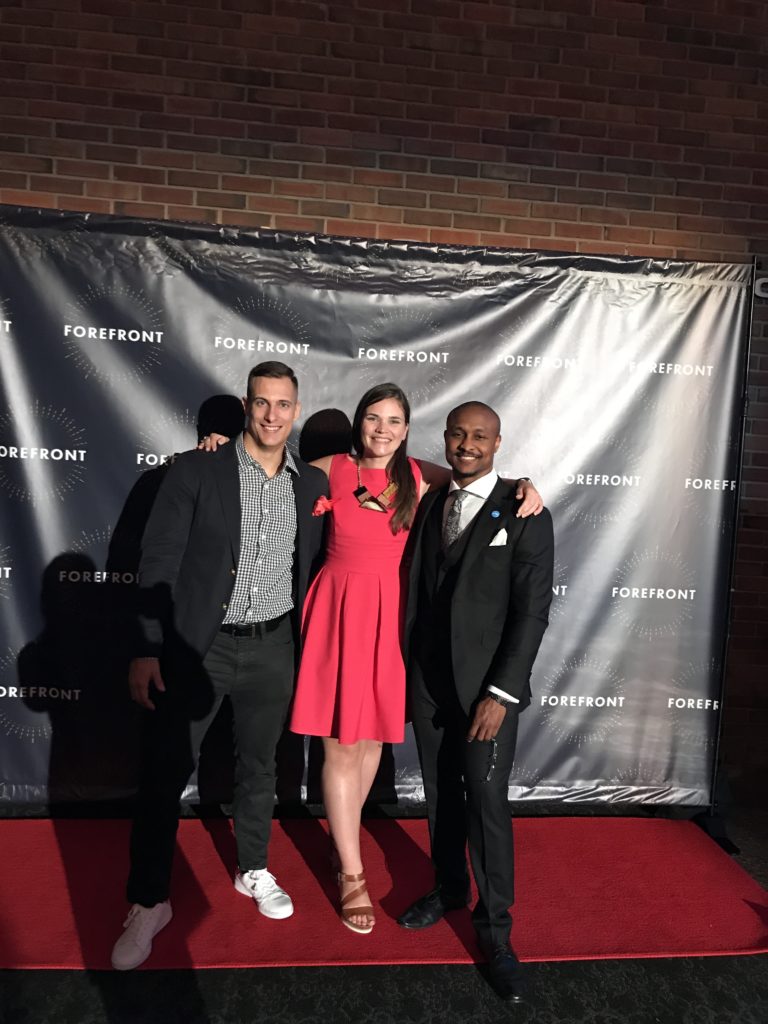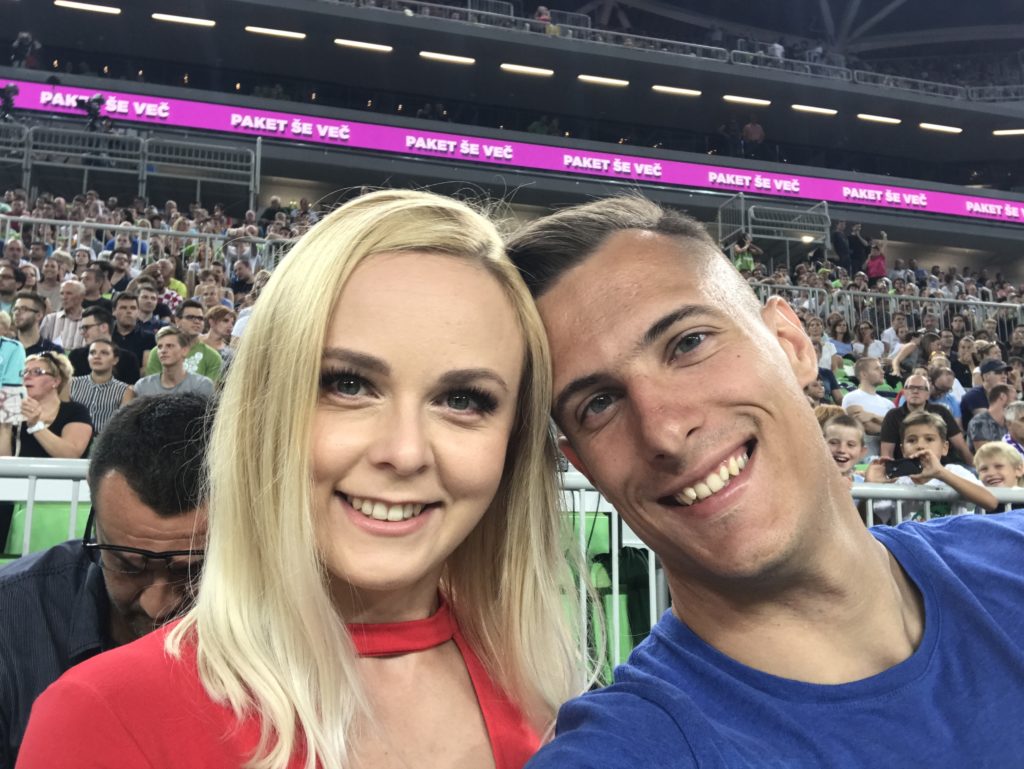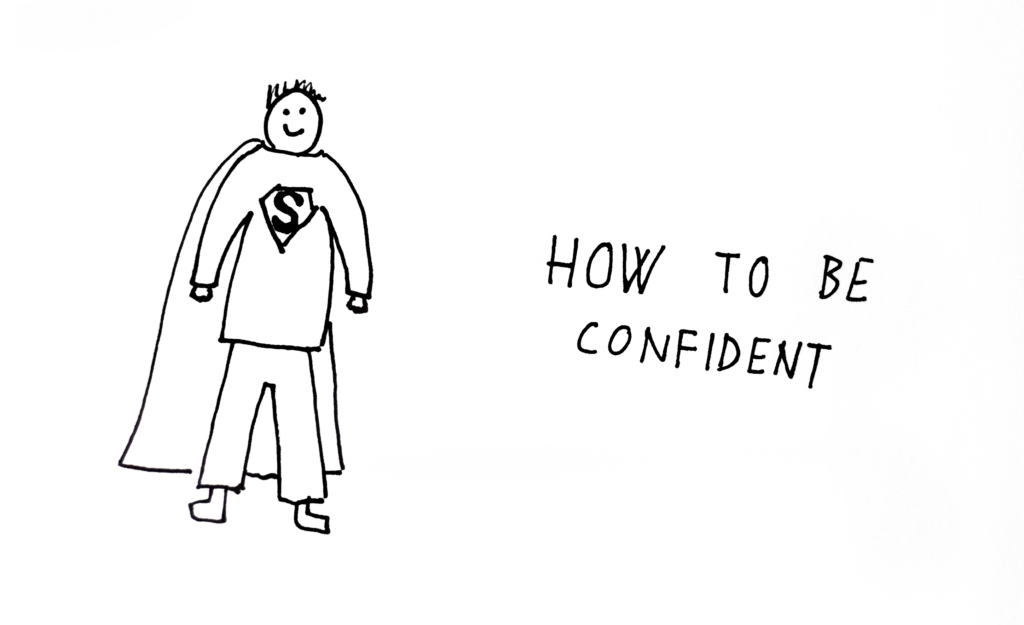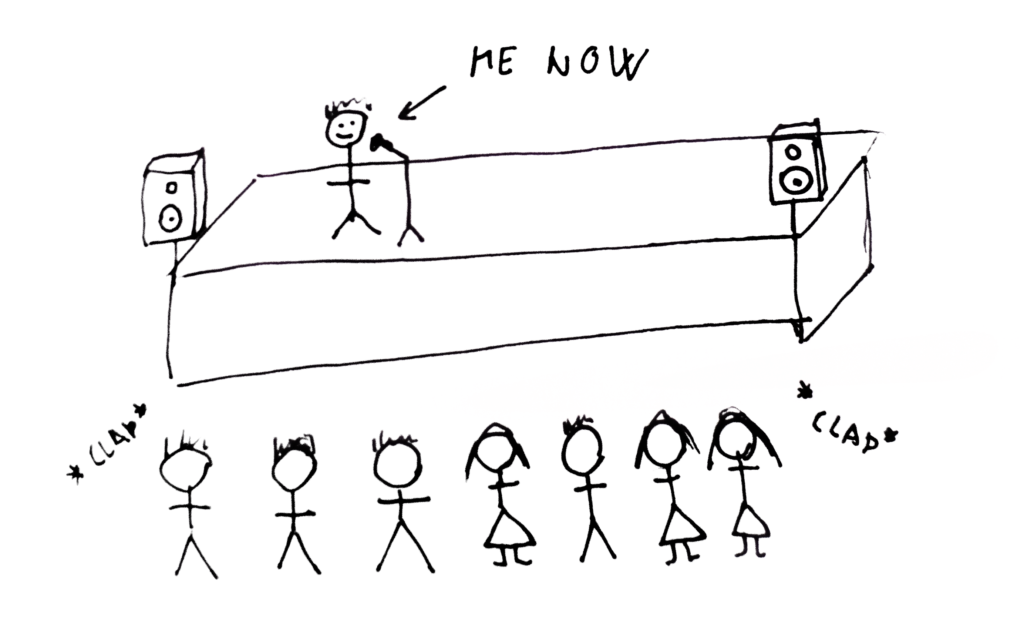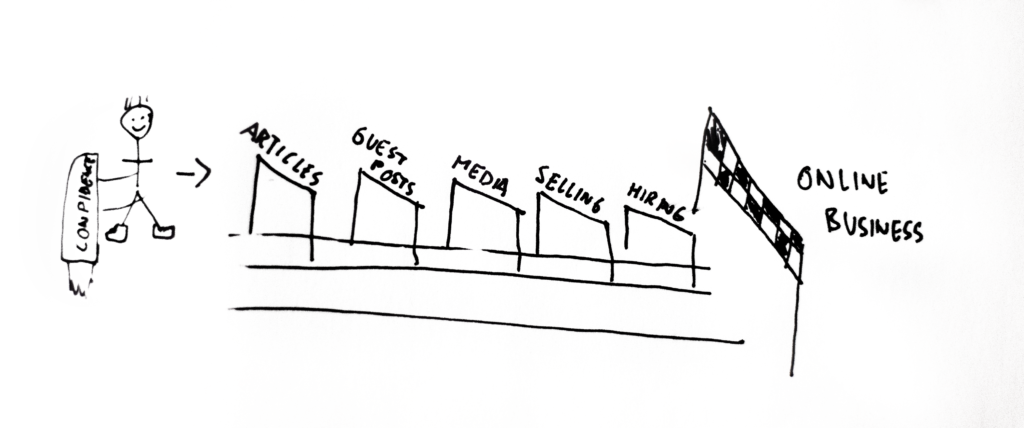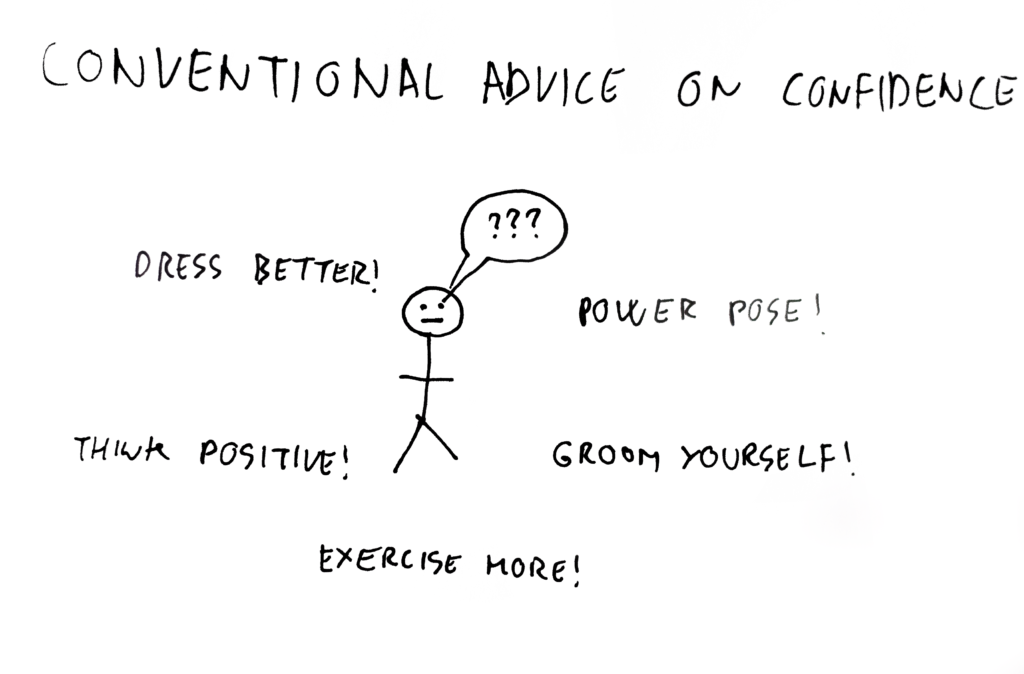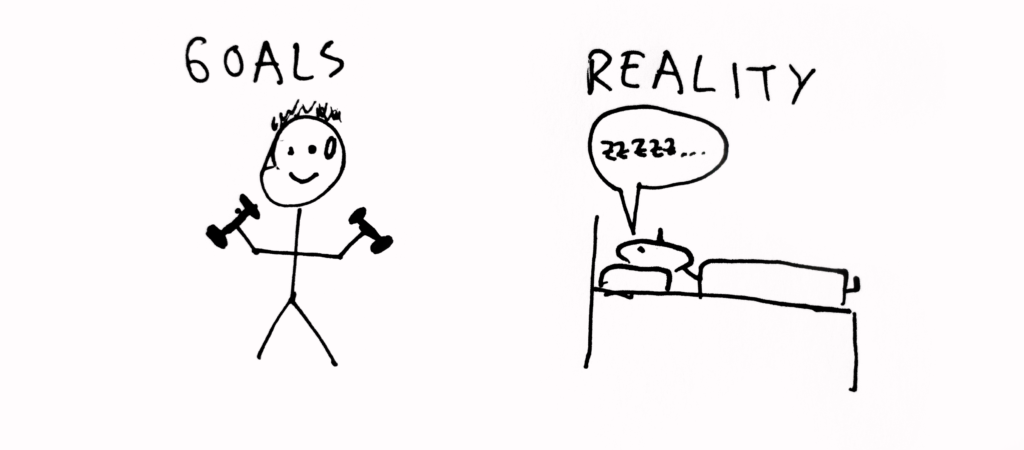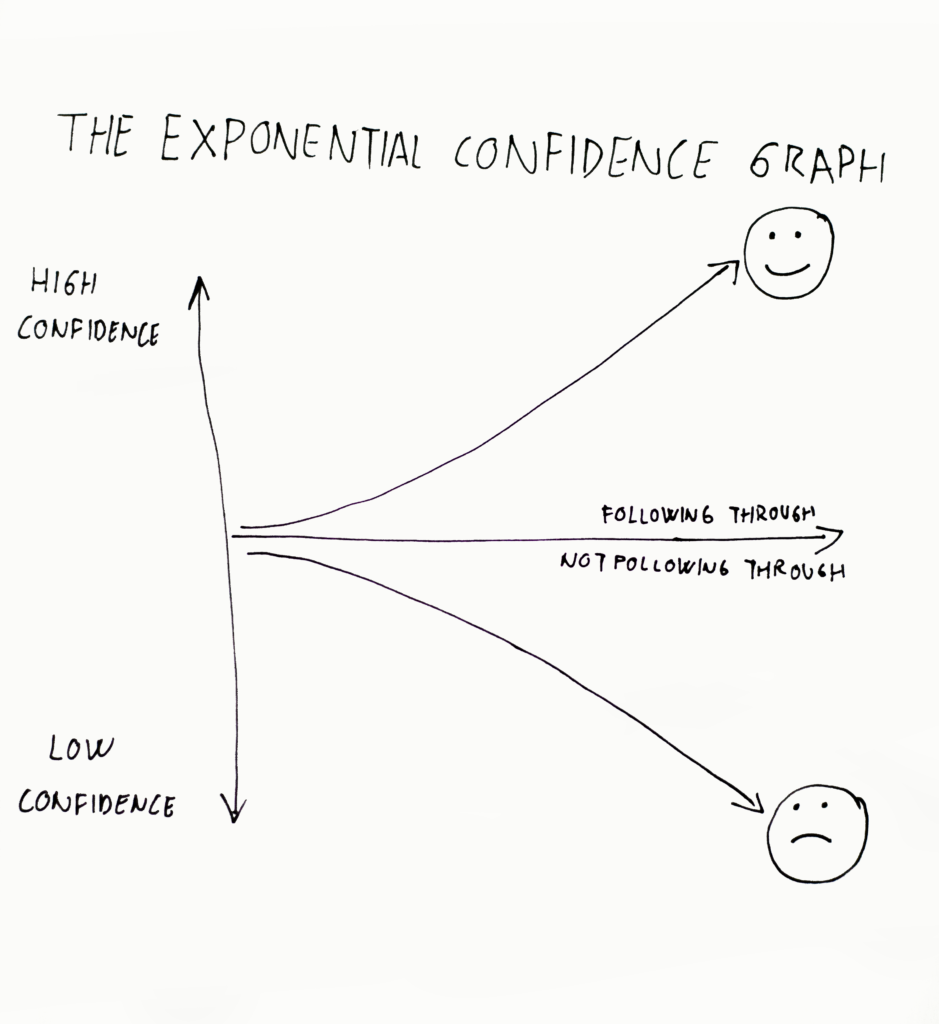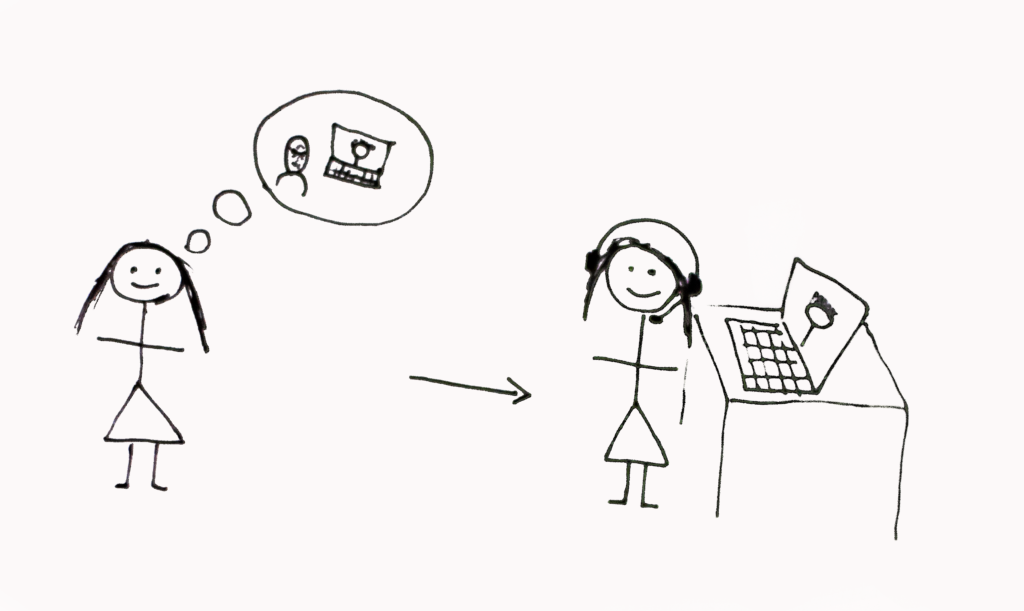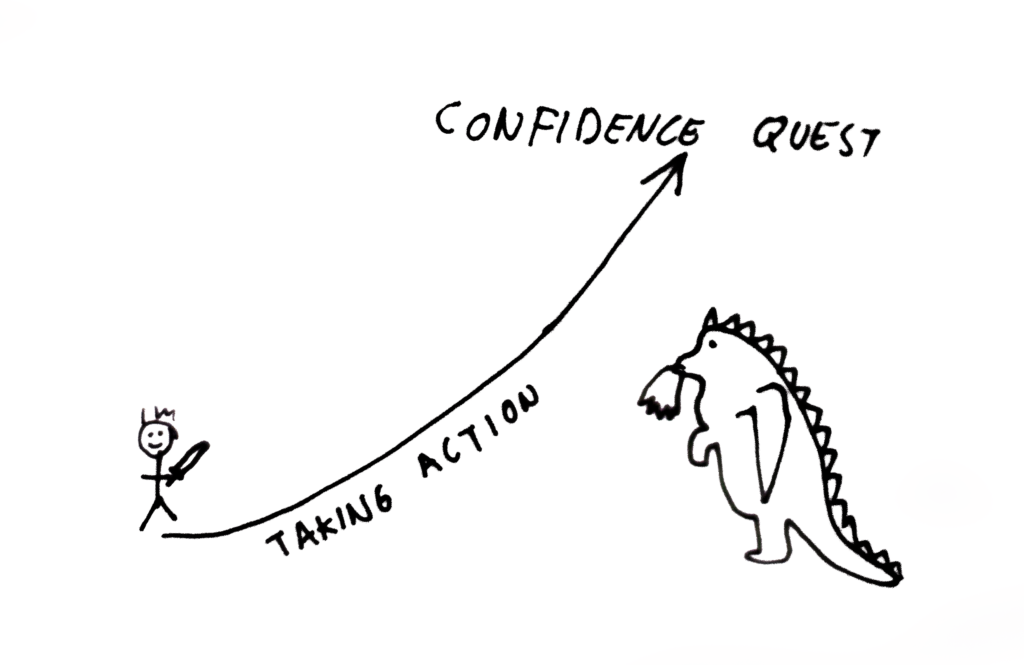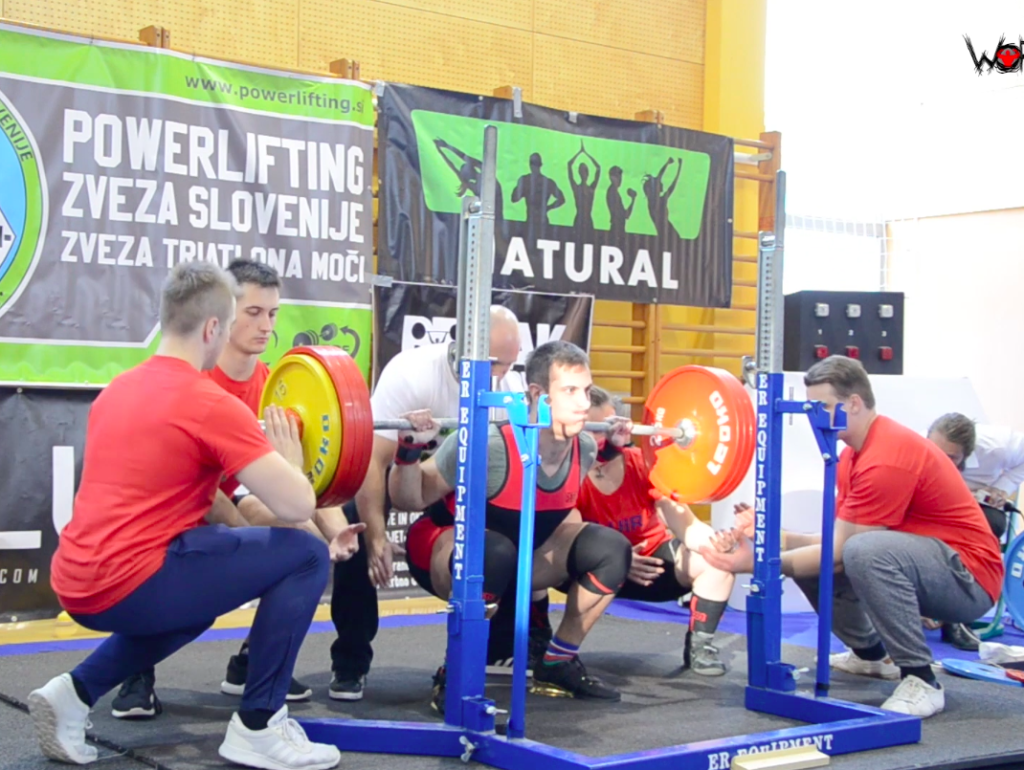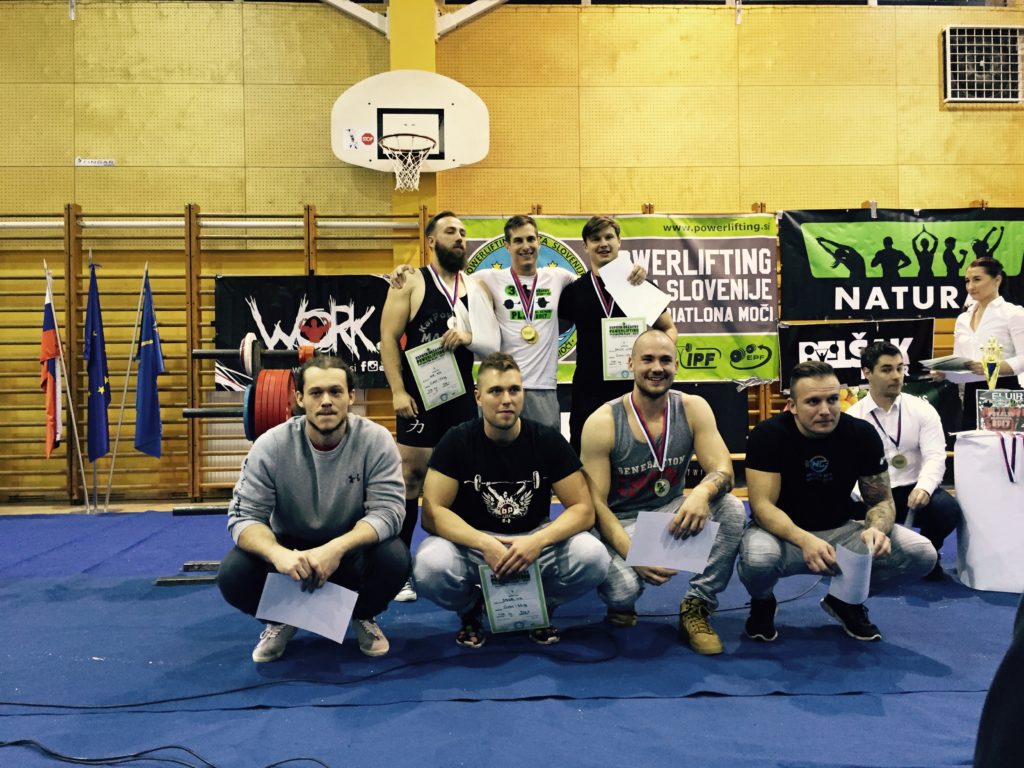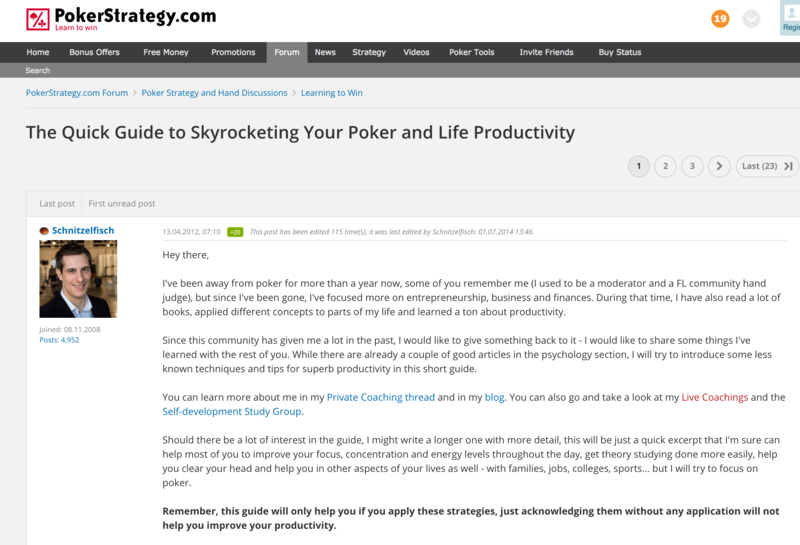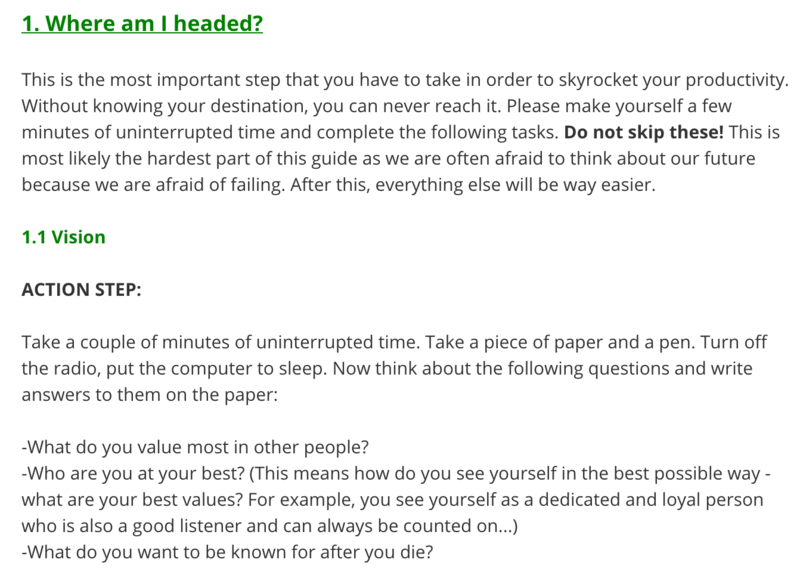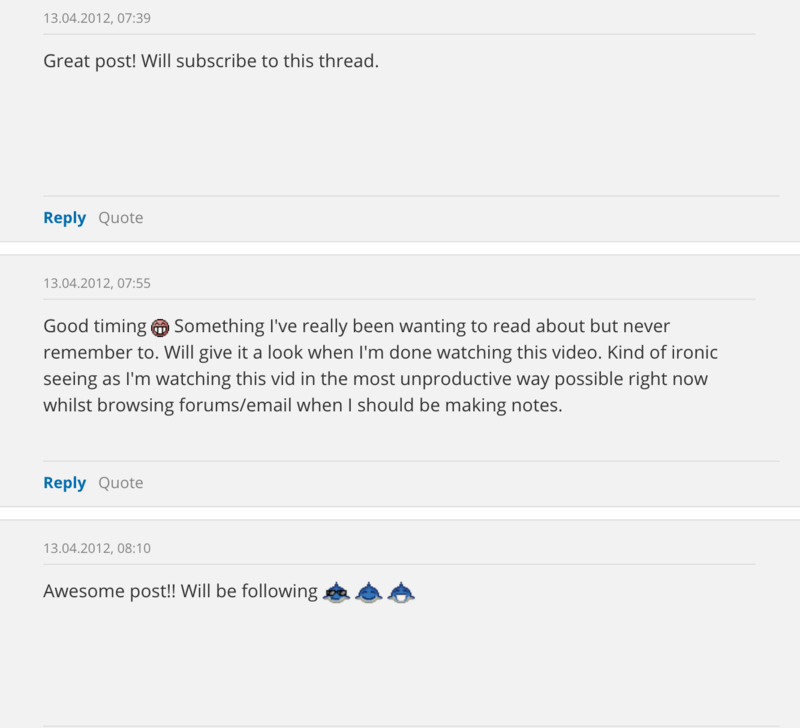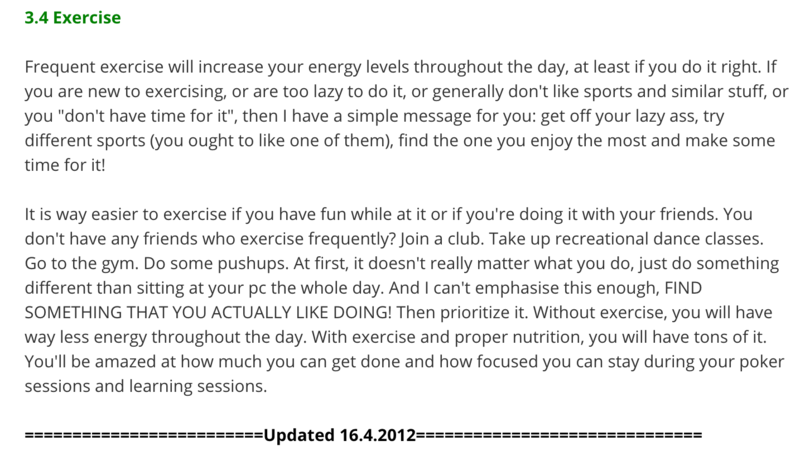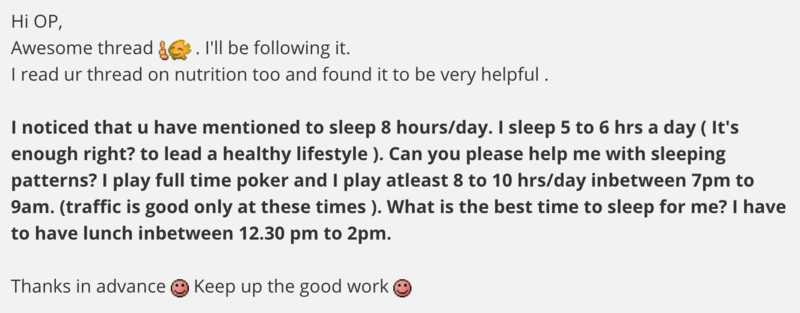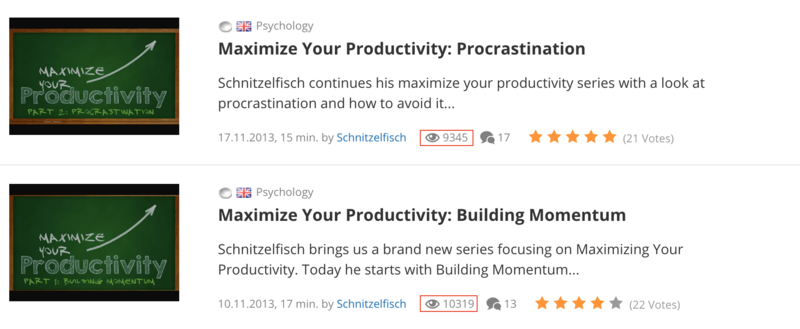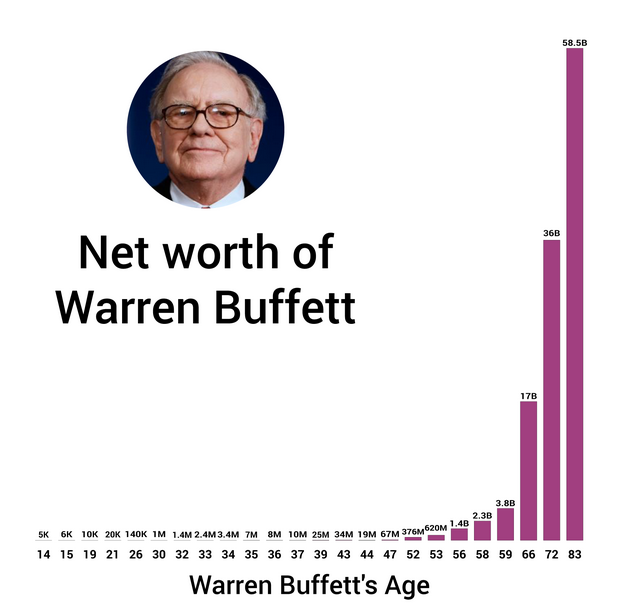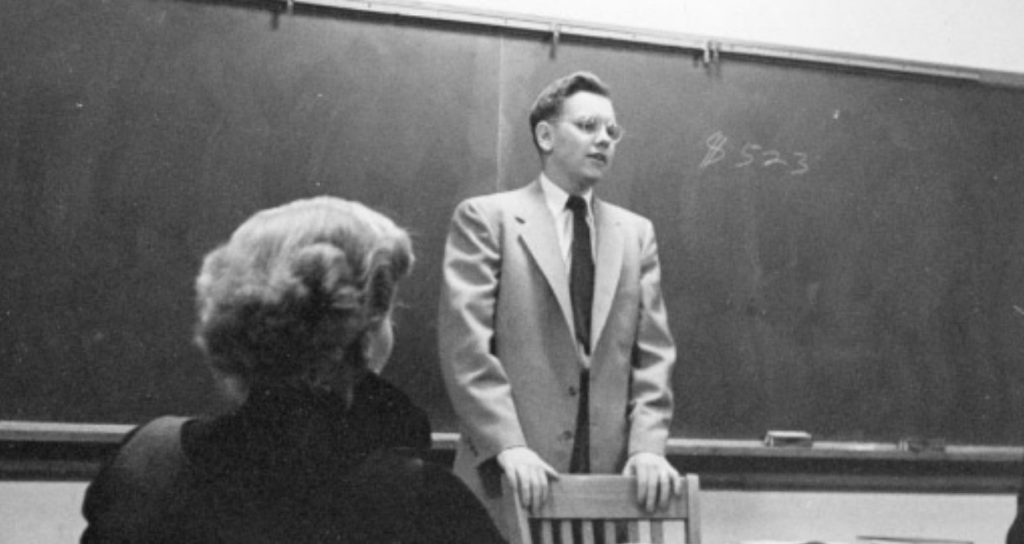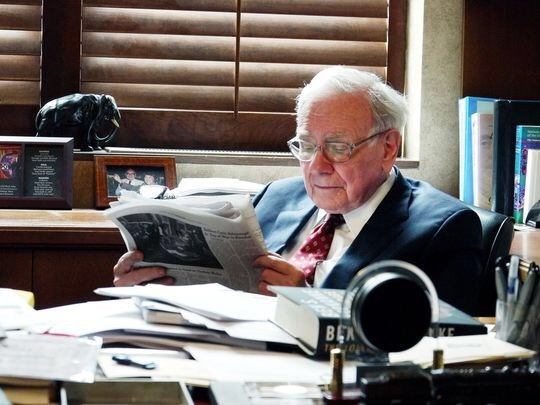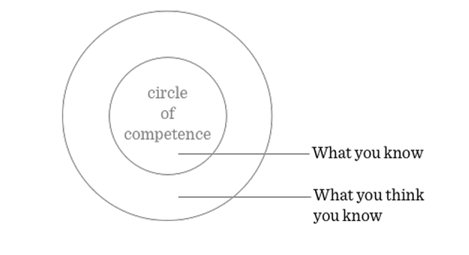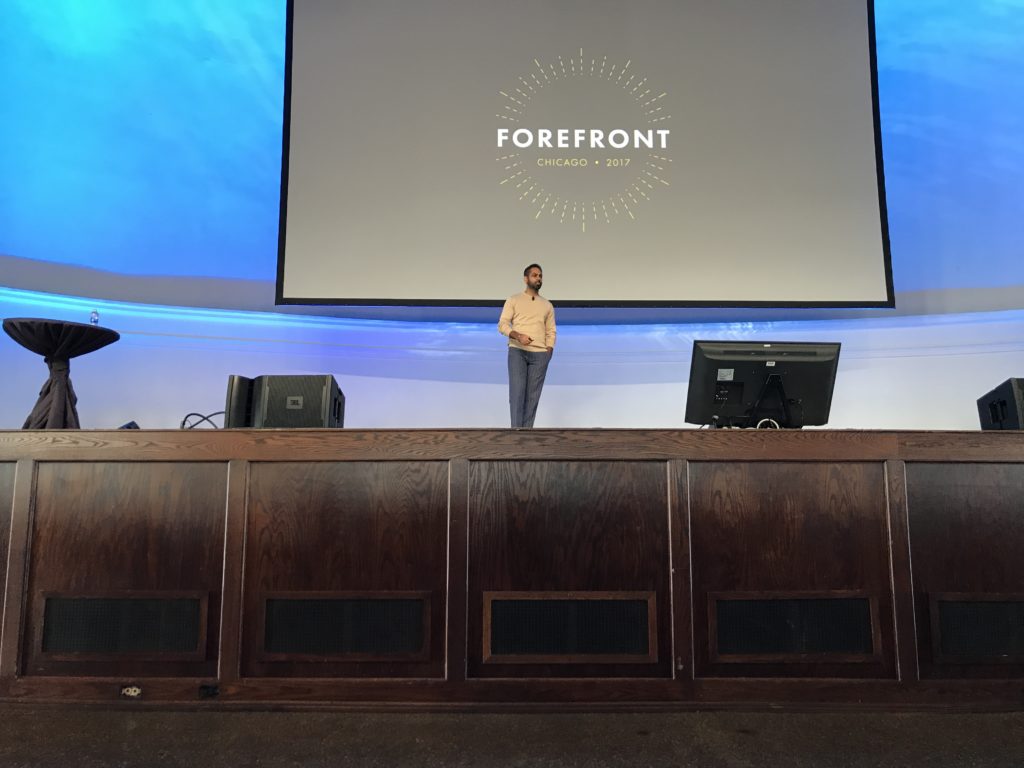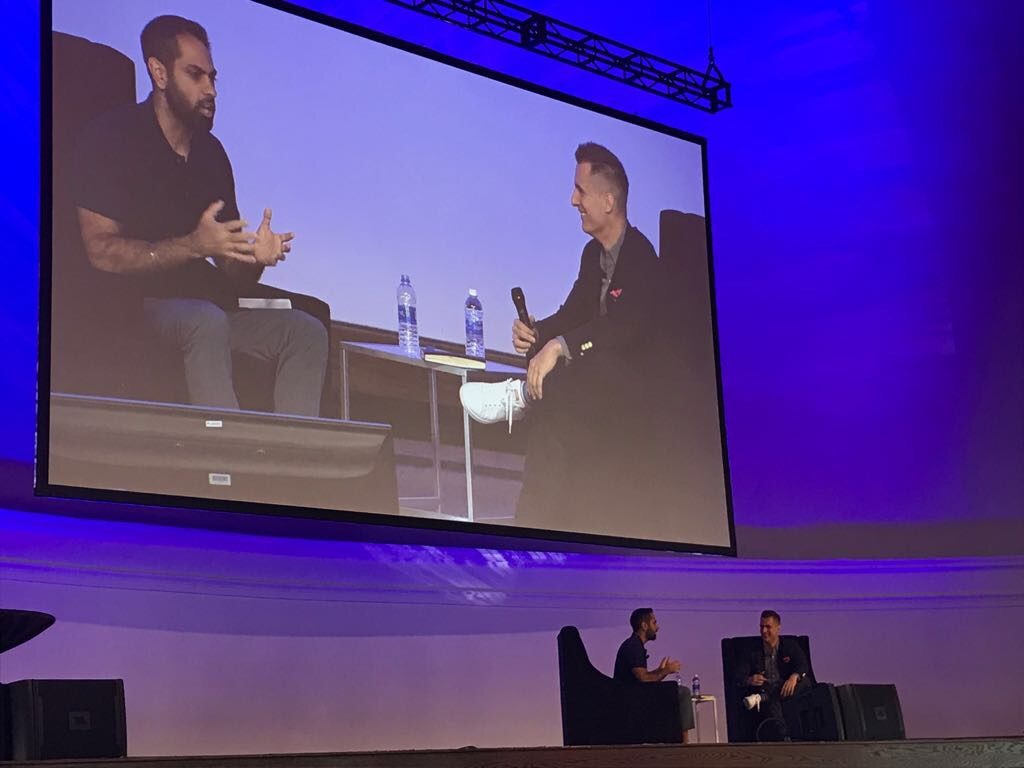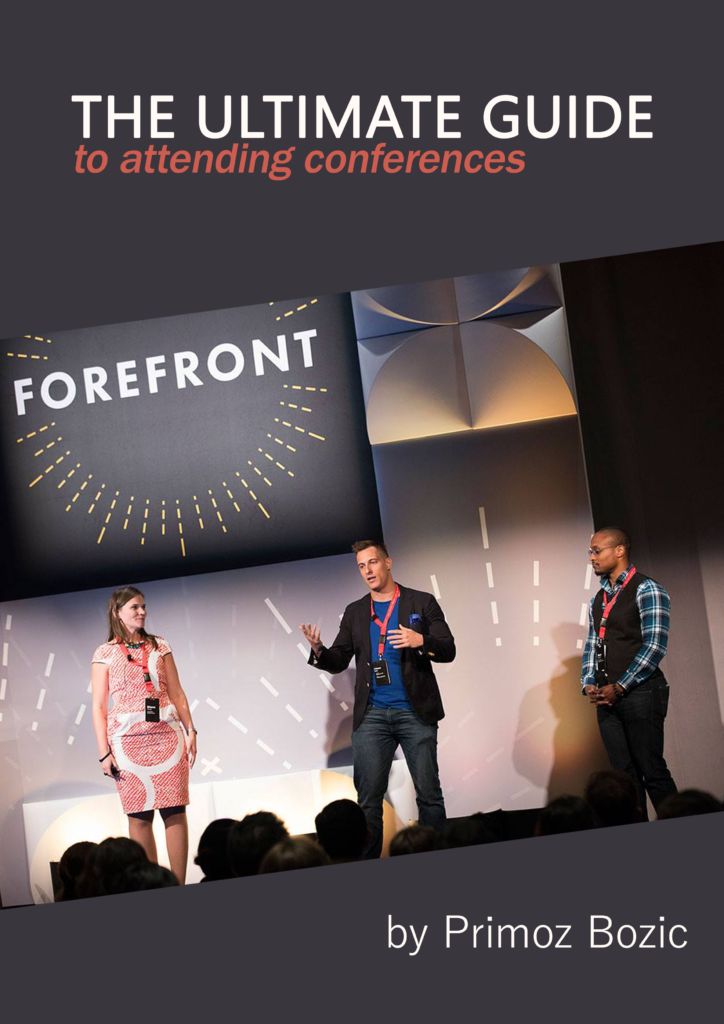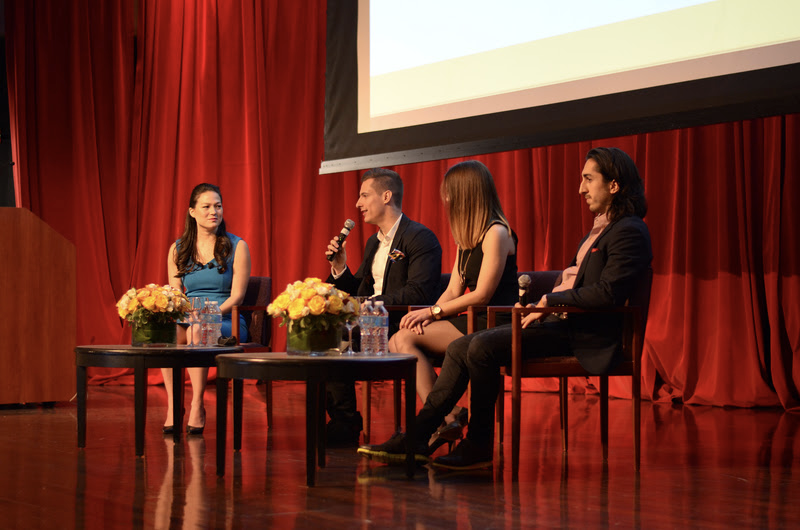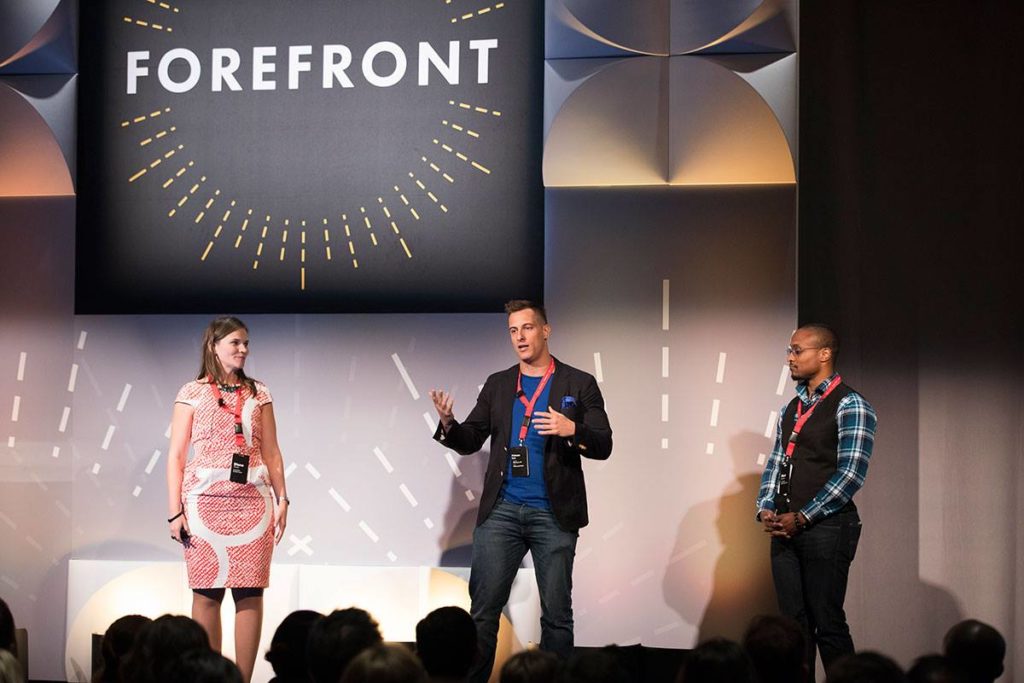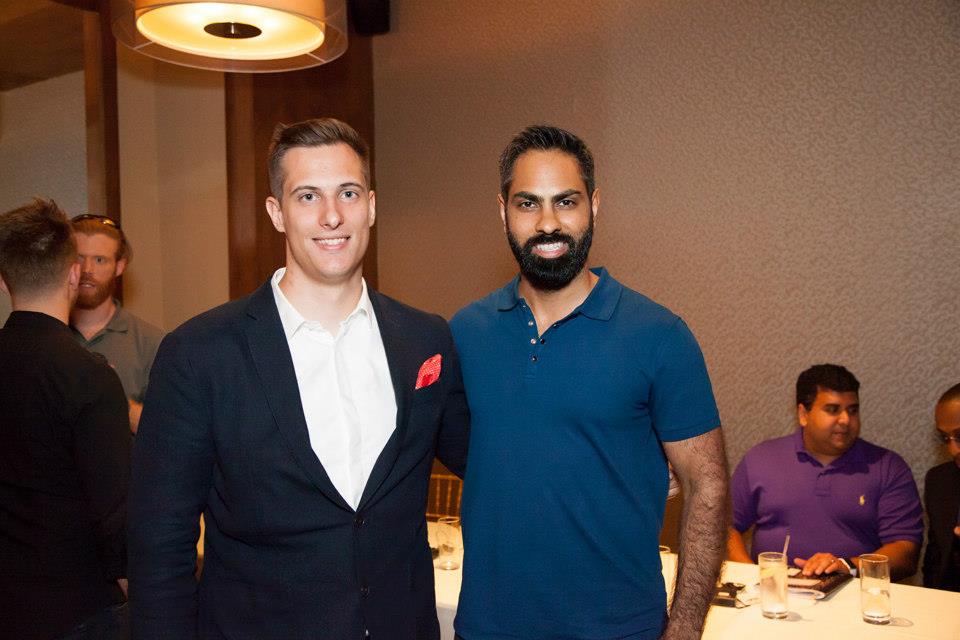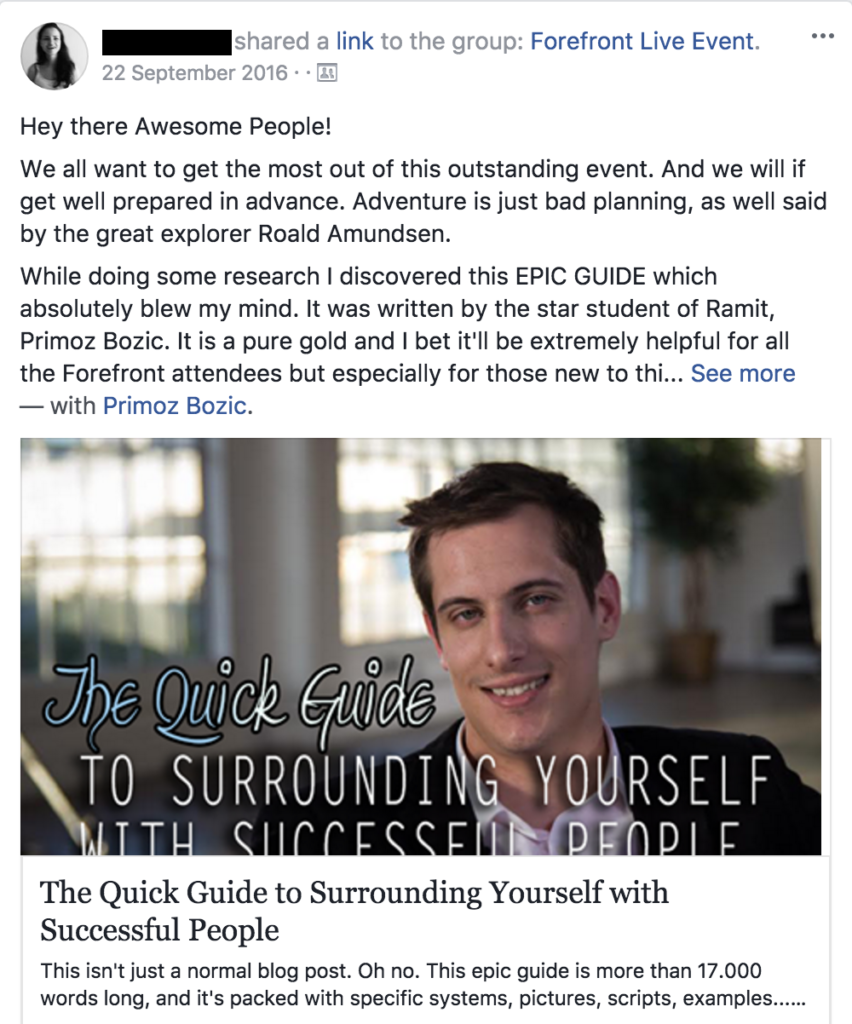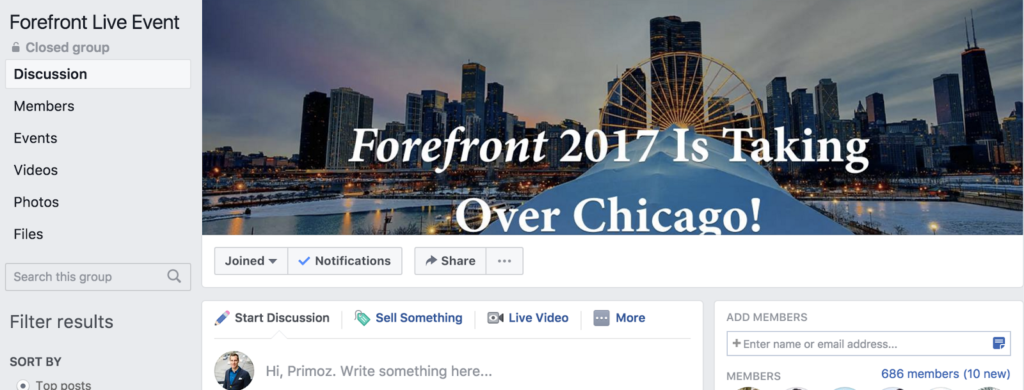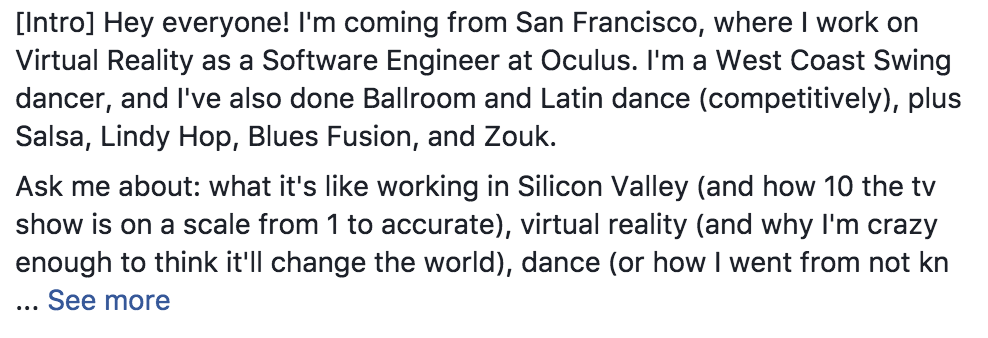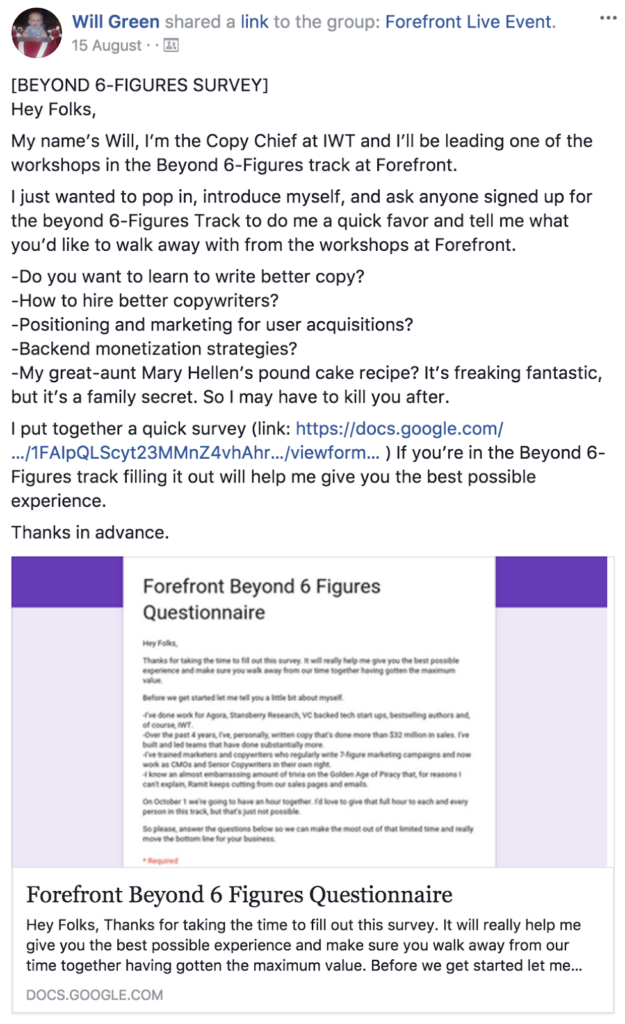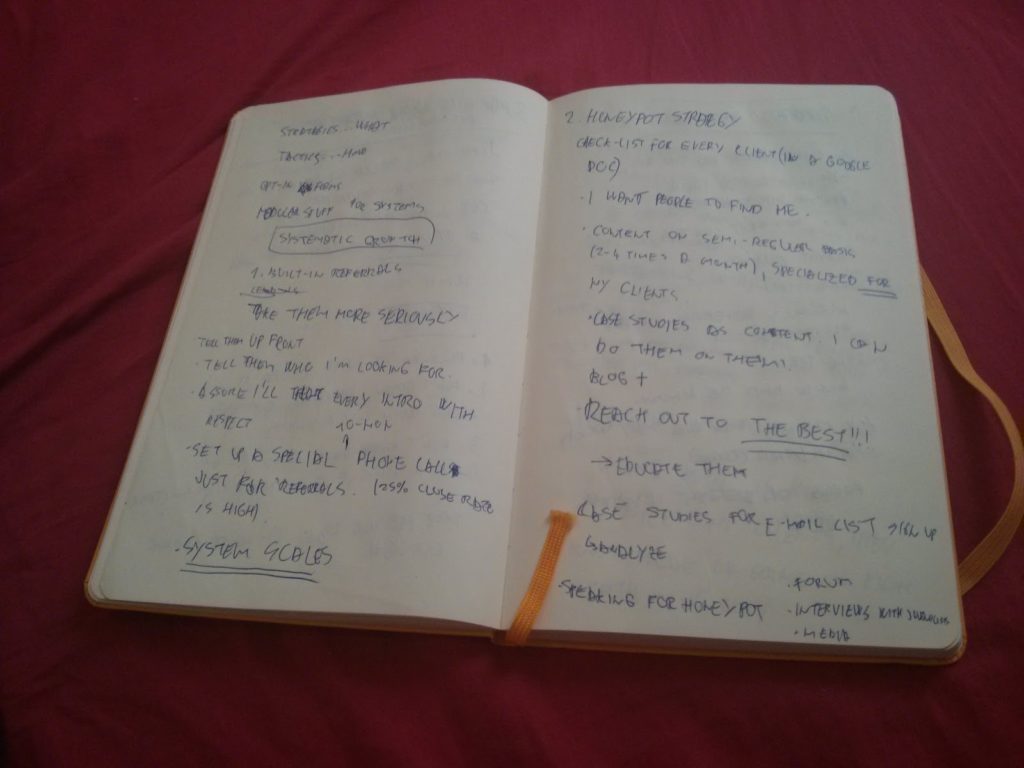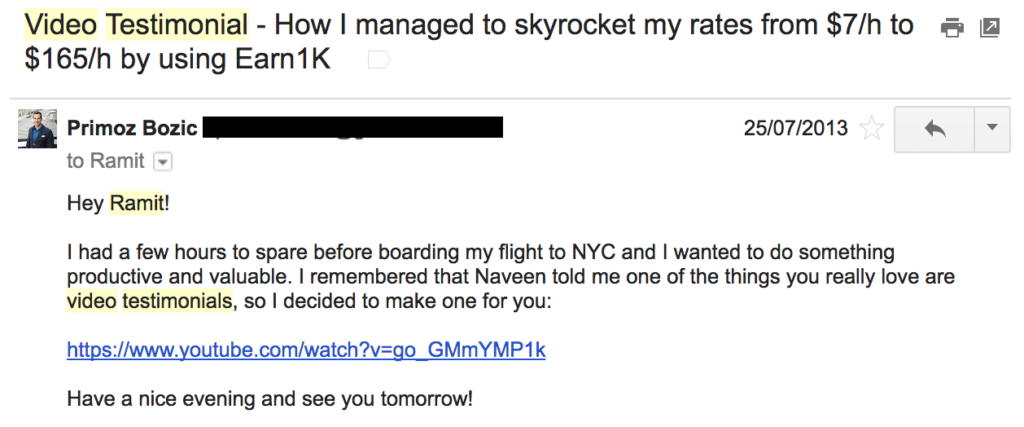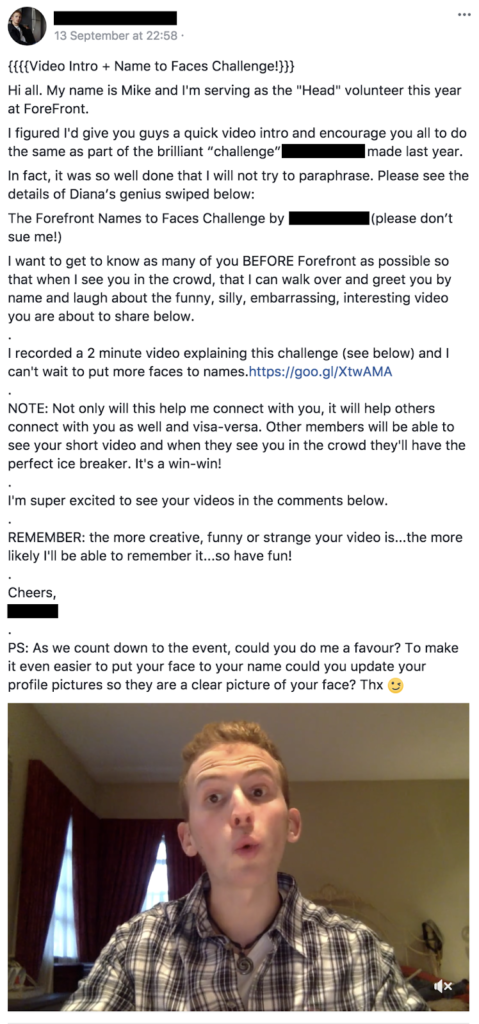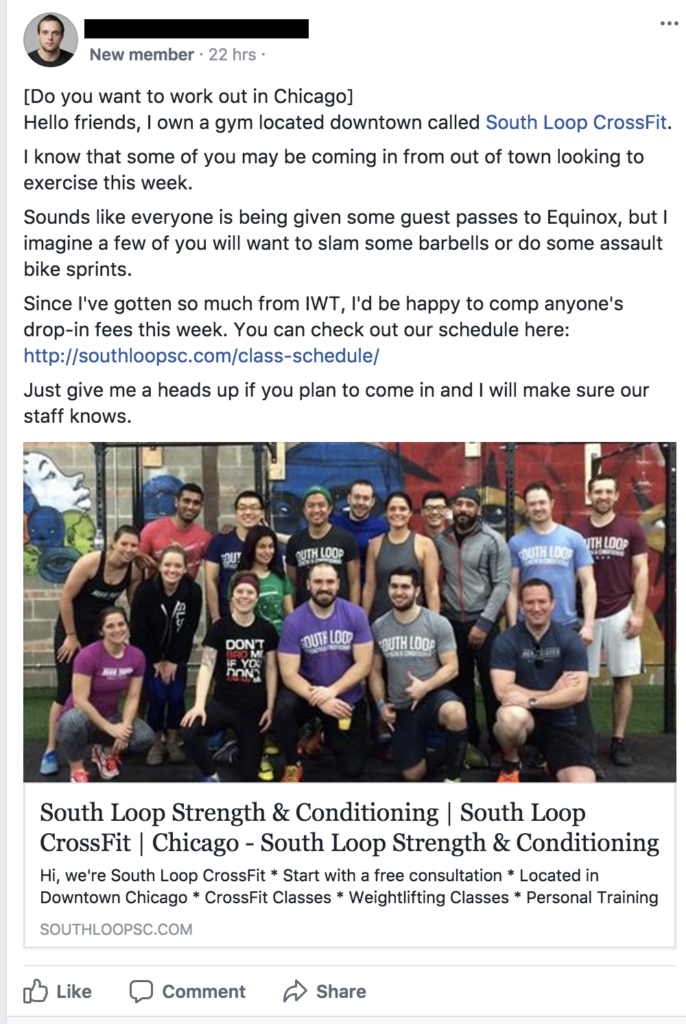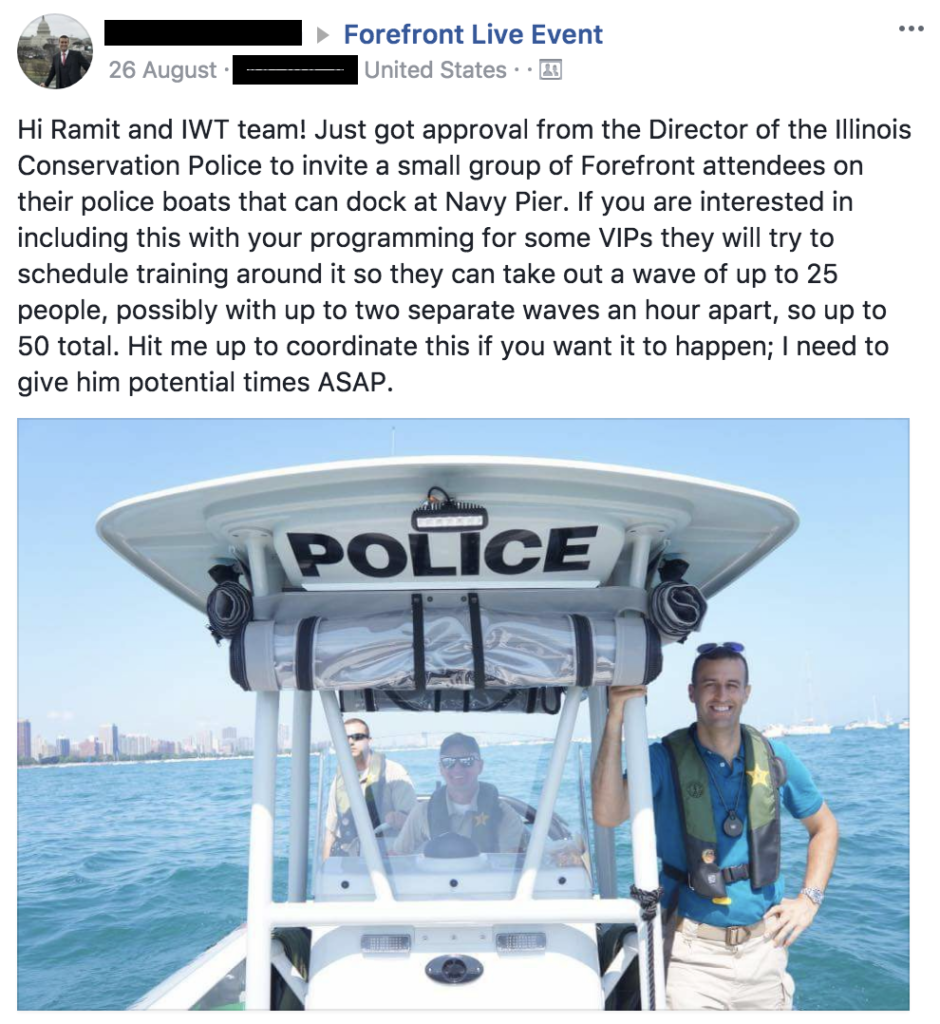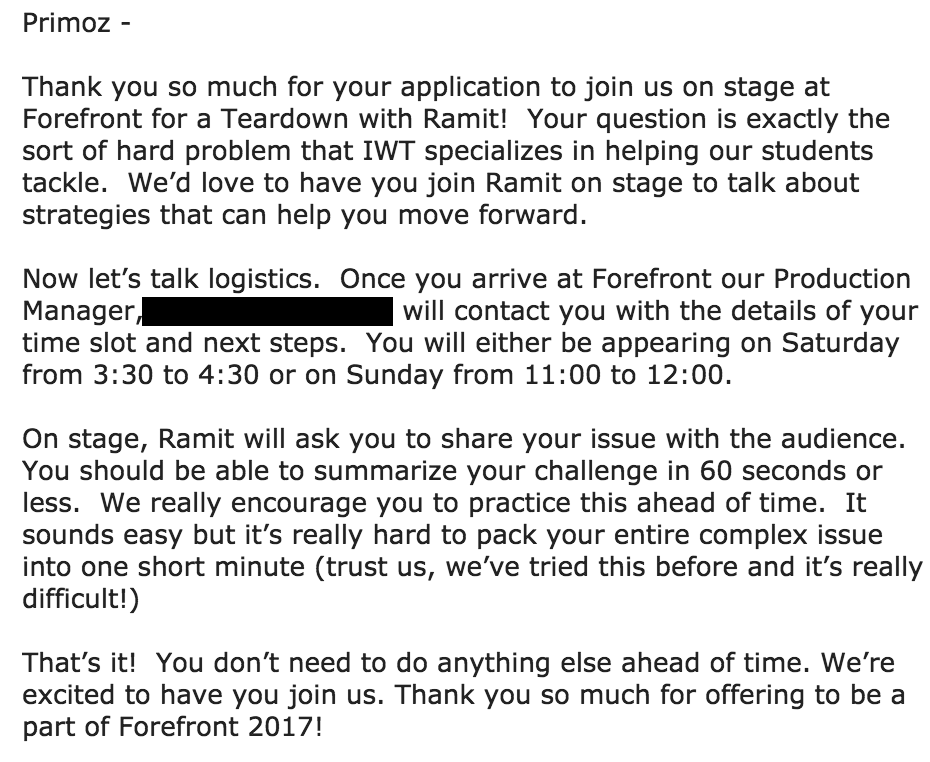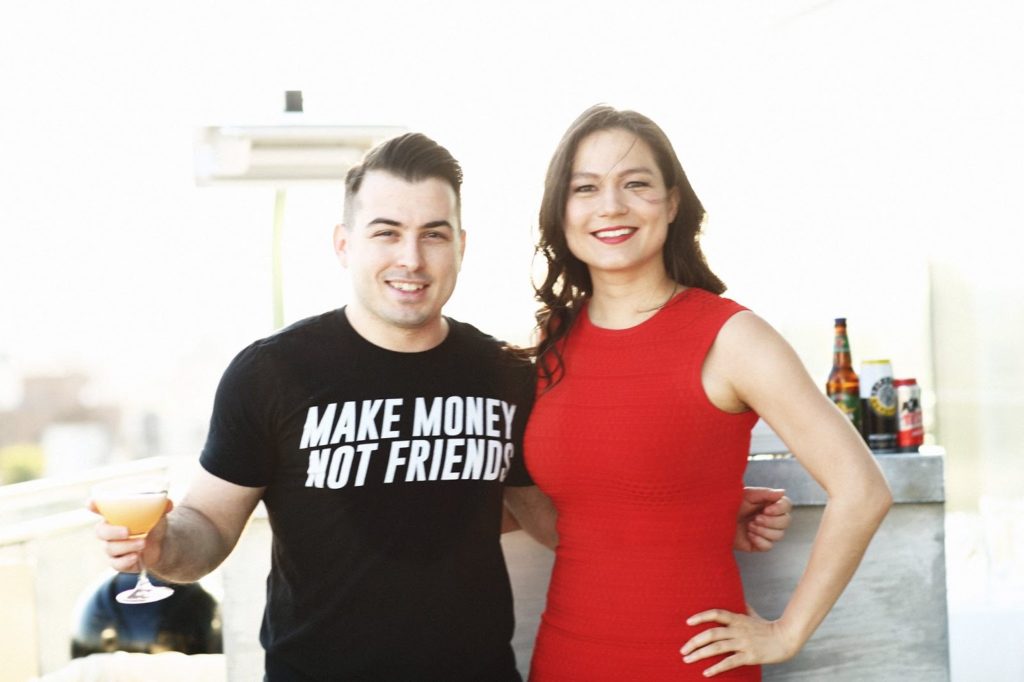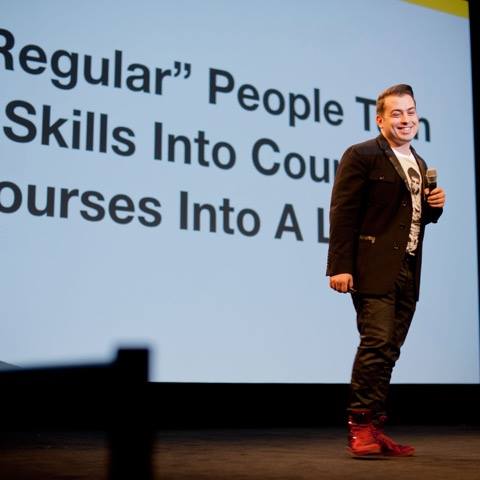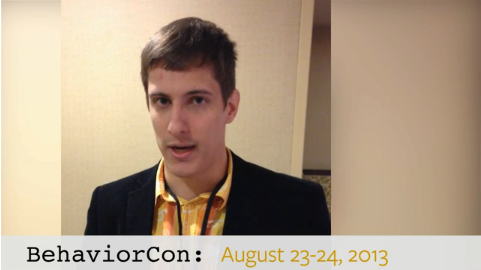
There’s a lot of outdated advice on starting an online business in the industry these days. Here are some extra tips on how to start an online business.
I’m not just talking about scammy internet marketers that tell you that you can make $104,564 over the next 30 days with this “magical new technique”. You know that a lot of these people are full of crap, and you likely aren’t following any of them.
I’m talking about the top online business experts who have actually built their online businesses successfully. Even they (mostly unintentionally) share bad or outdated advice that doesn’t work as well as advertised anymore. Expert digital marketing Fort Collins offers useful marketing solutions.
There are a few reasons for that:
REASON #1 – The advice they’re sharing worked 10 or 5 years ago, but doesn’t work any more
Most of the online business experts started their online businesses back in 2006 or 2007 (with a few exceptions that started their businesses around 2011 and 2012). At that point, the playing field was completely different than it was today.
Take a look at this graph from WordPress:
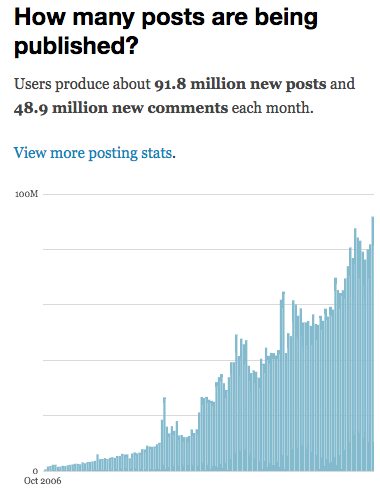
As you can imagine, the game changes dramatically when there’s 40x more competition out there, and the simple techniques (like blogging every day) that used to work just don’t work any more. Even some other techniques that used to work 5 years ago don’t work well any more (more on that later in this post).
Many online programs that teach you how to start your own online business have been developed 3-5 years ago, and weren’t updated properly as the industry evolved. Or even if they were created later, they often rely on the data and strategies from 5+ years ago.
While concepts like copywriting are truly evergreen and last for centuries, these growth strategies just don’t work any more (we’ll dive into why that is below).
REASON #2 – The advice they’re sharing worked for their top clients, but doesn’t work for everyone
In most of the online business courses I’ve joined, I’ve only seen a few % of people succeed with them and get massive results like “earning $45,000 in a month”. The large majority of these people already had successful online businesses before joining the online courses, so they used them to grow their businesses, not start them.
If you’ve joined any of the online courses, you’ll notice that these success stories are usually just the tip of the iceberg (while most people aren’t successful with them).
I call this “The Tip of The Iceberg Effect”:
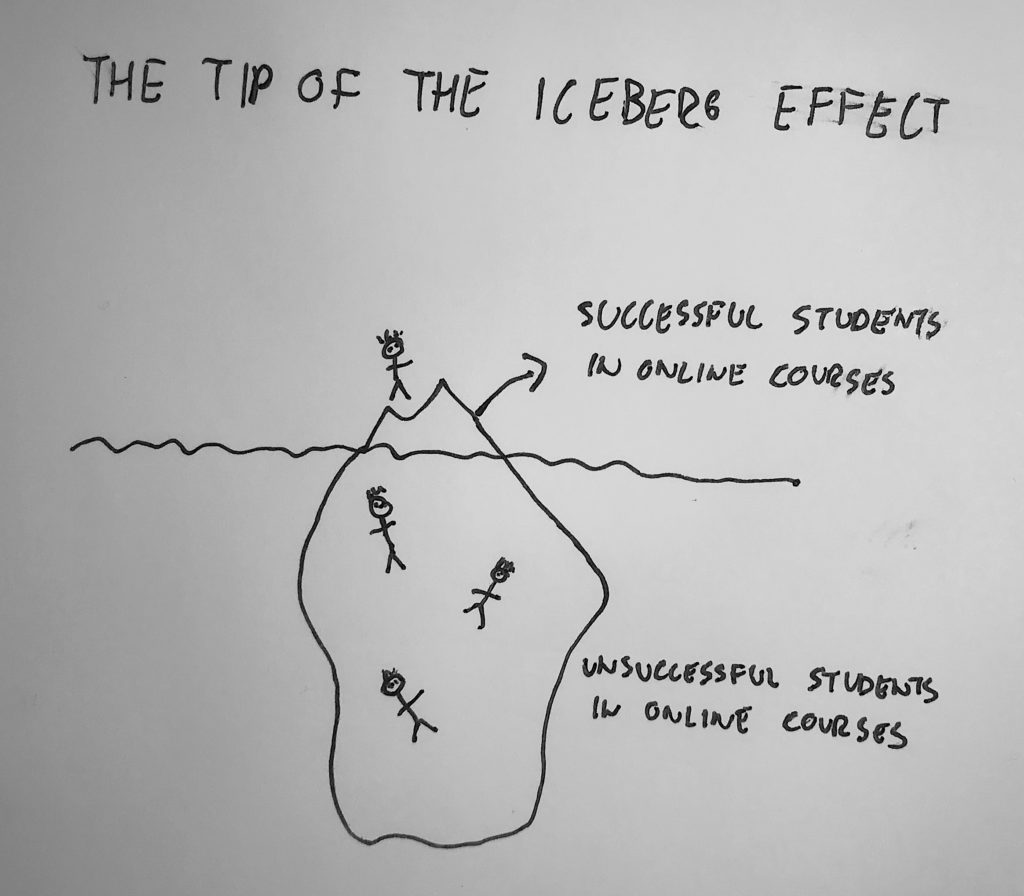
The danger of doing this is that instead of looking at strategies that what will work for everyone, they’re looking at strategies that only worked for a handful of people. This means they’re often talking about people who are the exception to the rule, rather than the rule.
Guest posting is one of those examples. The vast majority of people who try to use guest posting as a strategy miserably fail with it, while the top few % of people get incredible results with it (more on that later).
REASON #3 – They set false expectations in their copywriting
The third reason lies in copywriting. Copywriters that write sales pages for online entrepreneurs often come in on a project, get some data about promises they can make (from the tip of the iceberg students and things that worked for the entrepreneur 5-10 years ago), then blow up these promises to make them even more compelling (and get more sales for the online programs).
By doing this, they create a gap between what’s promised to people, and what’s actually possible for most people. I call this the “Expectations vs Reality Gap”:
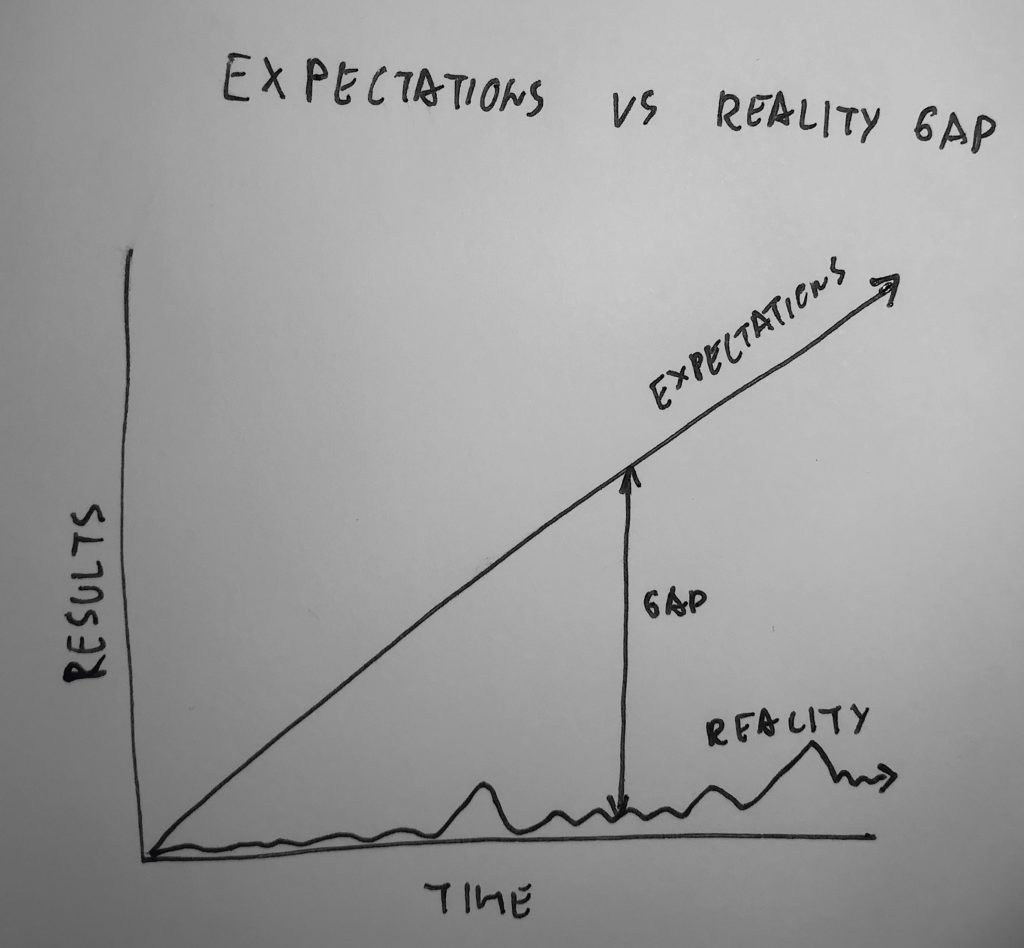
- You can successfully start an online business from scratch in 8 weeks (most people can’t)
- You can build a business even if you don’t have an idea, you’re not an expert, and have limited time (most people never do)
- You can double your revenue or email list in 30 days (almost nobody does)
Combine this with some sexy copywriting and “painting the dream”, and you’ll have an incredibly compelling story that COULD happen, but never really happens for most people.
This kind of copywriting gets people to buy, but also sets up people for disappointment when they don’t achieve the results they were promised in the time-frame that was promised. That’s where the disconnect between the promised effectiveness and the actual effectiveness of growth strategies comes from.
That’s why you’re thinking “why isn’t this working for me even though I’m putting in the work?”. You’re not only seeing the tip of the iceberg results, you’re seeing an amplified version of them. You’re dreaming about building a 6-figure online business in a year, but when you’re actually supposed to build an online business yourself, the reality hits you and you realize that building an online business isn’t as easy as these copywriters make it sound.
The funny thing is that most of these copywriters have never ran online businesses themselves or used the strategies they’re talking about. They just get access to the data of the tip of the iceberg students and then try to sell as many products as possible.
I don’t care much for that type of copywriting. I’d rather focus on things that REALLY work (and eliminating things that don’t), and talking about things as they really are, rather than painting this imaginary dream.
Since I’ve worked closely with over 1,000 online entrepreneurs in the past to help them start and grow their online businesses, I know which strategies actually work for the majority of people, which only work for a few people, and which don’t work at all.
That’s exactly what I’ll talk about in this in this email. We’ll take a closer look at the common strategies for starting and growing your online business, and I’ll share with you what actually works and what doesn’t work as well as advertised.
First, we’ll look at two strategies that are related to finding your profitable business idea, and then we’ll look at 6 more strategies that are related to building an audience for your blog.
Let’s dive in!
STRATEGY #1: Customer research
Every online business course I’ve ever taken starts with customer research. Talk to your customers. Interview them. Email them. Go on Reddit. Google keywords in your industry. Read amazon reviews of popular books in your niche. Go on Quora. You know the drill.
But then, I’ve also seen hundreds of people “stuck” for months in the customer research phase. Either it’s because they don’t know how to find people to talk to, because they don’t feel like they have “enough” research, because they get mixed responses from their customers.
So instead of actually building an online business, they’re running in circles and talking (or thinking of talking) to people about hypothetical ideas. “Would you someday buy an online course around this topic? Would you read about this topic?”, etc.
At the end, they’re no closer to starting an online business than they were a few months ago.
I have a slightly different opinion than most experts have around customer research. I believe customer research should be:
- Highly targeted around a specific product or a free resource you’re trying to create, with a clear goal in mind (rather than just general research about your industry)
- Done rapidly and intensively, over the course of a week or two (rather than turning into this multiple month process)
That’s because general research doesn’t really help you move forward, you don’t know when you have “enough” of it, and you don’t know what to do with it.
With highly targeted research, you’re always creating something – like a table of contents for your free resource or an outline for your online program – AND you’re getting feedback on your outline as you do this, rather than just talking about hypothetical topics.
The other reason why I’m a big proponent of doing rapid research is that you’ll do your best research with your paid customers once you take them through a 1on1 of group program, and you can actually SEE what’s working and what isn’t for them. You’ll never get the best insights from just talking to random strangers.
So while I do think that customer research is important (especially when you’re developing a paid product or a service), I think it’s usually overemphasized for the beginning stages of an online business. It’s something that becomes much more important and relevant later down the line when you’re already making money.
STRATEGY #2: Finding your niche
A lot of experts tell you that you have to find your unique niche (or positioning) right off the bat. When I ask beginner online entrepreneurs what they do, they usually say something along the lines of:
“I help 25-35 year old male professionals, who are in a relationship but they don’t have kids with…”
This might sound good on paper, but the reality is they’re completely missing the point. They’re talking about this imaginary customer, instead of choosing a simple audience (like lawyers) and talking about the one problem they’re actually helping them solve (get more clients).
Combined with the unnecessarily extensive research, the process of finding “your perfect niche” can extend to months and months of planning, talking to people and looking at your research notes, without making any visible progress on your business.
In reality, most successful online businesses don’t start with the perfect niche. I sure as hell didn’t – my first successful business was as simple as “productivity for online poker players”, and my second successful online business was as simple as “productivity for executives and entrepreneurs”.
These niches were far from perfect, but they were “good enough” for me to get started with building an audience and creating online courses and coaching programs that served my new followers.
It was important for me to start creating content within those niches (to build an audience) and to start offering paid services (to get more feedback to refine my niche over time).
If you’re at the beginning stages of an online business, you don’t need to waste months on finding a super detailed description of your audience demographics. It won’t get you closer to finding your first customers online or growing an audience – it will just needlessly delay that process for months. Even with bad credit business loans you may have financing options.
Instead, you can pick just one simple problem and one simple audience (like the getting more clients for lawyers example), and go out and TEST the demand in that niche it by creating some content around it. This way, you’ll know what people actually connect with and what they don’t, rather than thinking about it at home in a vacuum.
Ok, now let’s move on to other strategies that are actually related to building your email list to a point where you can get your first paying customers from it.
STRATEGY #3: Writing (and promoting) remarkable content on your website
Most of the top online entrepreneurs these days (people like Ramit Sethi, Neil Patel, Noah Kagan and Marie Forleo) started their blogs back in 2006 or 2007. Few of them ever share what they did to build their audiences of tens of thousands of email subscribers, but if you look closely at what they did, it’s simple. They created a TON of content on their blogs.
Since they started out relatively early when “only” 70,000 blog posts were published on a daily basis, they had little to no competition. In those times, even setting up a website to blog on or an email list to capture email subscribers was much more difficult than today, and blogging wasn’t a thing everyone could do yet.
They built their audiences by consistently creating content (some of it was good, some of it wasn’t as they’ll likely admit), and over time they’ve amassed more and more traffic and email subscribers to their website. Since they were one of the few people doing this for a longer amount of time, they soon established themselves as #1 experts in the industry.
Of course they also had other means of building an audience that they used over time – Marie Forleo had her YouTube channel called Marie TV and the targeted marketing done for it was one of the keys for her success. In case you also want to become popular on YT, then make sure to hire the right provider of youtube views for your videos to increase its popularity. Ramit Sethi wrote his book and gained audience, appeared on TV and had a widely popular guest post published for Tim Ferriss, Neil Patel wrote his Ultimate Guides, and so on – but in the beginning, all they did was really just write content.
Over the next 5 years, these entrepreneurs realized it’s becoming harder and harder to build an online business (as more and more people were jumping on the blogging train), and they had to come up with new strategies to grow their audiences. At the same time, more people were starting to build their online businesses, and more and more experts started to make a name out of themselves.
That’s when the experts started talking about guest posting, being on podcasts and creating “remarkable content”, which basically means that instead of creating multiple blog posts every week, you need to create 2-3,000 word pieces of content that are better than the 500 word blog posts, and create them 1-2x/month.
The ideas of “influencer outreach” and “promoting your content” were also born at that time, which basically said that you shouldn’t just spend the time creating new content, and that you should spend as much time if not more promoting it through guest posting, podcasting, reaching out to influencers and asking them to share it, and sharing it in forums and online communities.
These strategies worked great for a while (and still might in untapped industries like a non-English market or an up-and-coming niche), but over time, when more and more people started using them, they lost their effectiveness.
Remember, there’re 2,800,000 blog posts published today every single day, which is 7x more than 5 years ago, and 40x more than 10 years ago. This means that every day, we’re absolutely bombarded with new content.
Every person that writes a new blog post shares it on their social media, and if we were seeing 5 blog posts a day on our Facebook feed 5 years ago, we’re now seeing 35 (or even more, if a lot of our friends are also online entrepreneurs). This means we’re less and less likely to pay attention to any of the content that’s created, and we’re also much less likely to share it with other people.
Because of this, there’s a much smaller chance of our “remarkable” blog posts taking off and going viral, especially if we don’t have a huge following of raving fans yet. If we’re just starting out with our business, we might have an initial spike of new traffic and subscribers when we excitedly release our new website and with the first few blog posts we write, but this slowly dies out.
As far as influencer outreach goes, this strategy used to work in the past when there was less content and less people reaching out to people to share it, but nowadays the major influencers in the industry are bombarded with requests to share their content, and they rarely do it unless it’s really meaningful to them or the content really stands out to them.
They’re also busy sharing and promoting their own content, which has become harder for them than in the past. And since they now have whole teams writing the content for them, they’re producing a lot more content, and they don’t “need” more content from other people for their readers as much as when they published one post every 2 weeks.
And when it comes to sharing your content in online communities, the game is also different than it used to be. In the past, when the communities were smaller and less people were sharing their content (mostly the people that were a part of these communities), you could use the communities to spread the word about your content quickly and effectively.
But today, the communities are fed up with people coming into them and just trying to promote themselves, without actually adding a ton of value to the members of these communities. They see right through it, and often prohibit this from happening.
Bottom line is that just creating “remarkable content” isn’t enough if you’re trying to start an online business, because nowadays everyone is creating “remarkable content”. If you could stand out with it 5 years ago when everyone was still writing 500 word blog posts, you’re now the same as everyone else. And promoting your content not only feels sleazy and spammy, it’s also not as effective as it used to be.
The only exception to the rule is if your content is really drastically unique and different from everything else out there, or if you’ve found a niche where nobody else is creating remarkable content yet. In those cases, the strategies that worked 5 years ago still might work for you (though that doesn’t mean that they’re the BEST strategies to pursue).
But if you’re in an industry that’s evolved past that point, you’ll have to come up with a new, better approach for growing your audience and customer base.
STRATEGY #4: Guest posting
Over the past few years, guest posting has become a widely recommended strategy for starting and growing your online business.
Some experts have seen huge success with it (which is why they recommend it to others), and I have too (my guest post for Growthlab a few months ago has brought me hundreds of high quality email subscribers).
But what experts don’t tell you is that guest posting is the classic example of the “Tip of The Iceberg Effect”.
The reality is that the experiences that people have with guest posting are more along the lines of these comments that I got from my readers:
“Finding guest posting opportunities was a huge struggle in my niche, as there aren’t many blogs in it. My list size barely changed. My list had a total of 67 subscribers from 3 years and 2 months of work. Nothing seemed to work.”
“I did some guest posting but it felt like it’s going nowhere. Sometimes it brought me 14 subscribers, sometimes 0.”
” I was stuck on 124 subscribers for months. During those months, I tried to get guest posts. I got two, but gained no new subscribers from either.”
Here’s what happens to most people that try to use guest posting as a strategy to grow their email list:
- Some get stuck with deciding which guest post opportunities to pursue, or finding the contact details for them
- Some pitch the guest posts, but never hear back from them
- Some get their pitches accepted, but their drafts get rejected
- Some get their drafts accepted, but the guest posts never get published (or they get published months later)
- Some get their guest posts published, but get 14 email subscribers from them
In most cases, they spend months and months chasing guest post opportunities, putting in a ton of work without any major results – or they have one successful guest post that brings them 100 email subscribers, but aren’t able to replicate that in the future.
So if most people struggle with guest posting, why do some people succeed with it (or even swear by it)?
Well, because guest posting can work well if you can get the guest posts published on the A-list websites. If you can land a guest post with Tim Ferriss, chances are it’ll bring a huge flood of email subscribers to your business.
But to reach these A-listers, you usually need to have an existing relationship with them (and you need to be known as a credible expert in the industry already). These guest posts never happen from cold pitches.
It’s unlikely you’ll get there with your first guest post – it’ll take years to build these relationships and your expertise.
The other option is guest posting for B-list blogs or contributor websites like Huffington Post. This can sometimes work well if you happen to land a guest post with a website that has a highly engaged (but untapped) audience, but can be a hit or miss in a lot of cases.
What about contributor platforms like Huffington Post? Well, it feels sexy to put that Huffington Post logo on your website, but the reality is that when you publish a post on those platforms, you’ll usually have to promote it yourself, unless you’re able to create a really great post that becomes a trending one and the platform promotes it for you.
I’ve seen some people successfully build their audiences through contributor platforms, but for every person that did that, there’s 5 or 10 people that never really got anything out of them.
Overall, guest posting can be a great strategy to grow your online business once people already consider you an expert, you have something unique and meaningful to talk about, you have some incredible content on your website to point your new readers to, and you have the right relationships built.
If you can easily score a guest post opportunity at a major website, you should absolutely try to make the most out of it – but if you’re just starting out with your business, guest posting isn’t the fastest or most reliable strategy. There’re just too many outside factors you have to depend on that are outside of your control, and you’ll spend more time waiting than actually growing your business.
I recommend using guest posting as a secondary strategy for growing your email list rather than a primary strategy. Once you already have an email list of hundreds or thousands of email subscribers and have a consistent stream of new readers coming in, feel free to diversify your strategies into guest posting.
This way, you’ll be able to benefit from the eventual spike of new email subscribers, but you won’t need to rely on it in order to grow your business.
STRATEGY #5: Being a guest on podcasts
The pros and cons of this strategy are very similar to the guest posting strategy. You can quickly build your audience through podcasting if you can get featured on the top podcasts, whereas the smaller podcasts are more hit and miss.
In order to maximize your chances of getting on the top podcasts out there, you’ll also need (1) an existing mutual relationship that can make an introduction to the podcast host, (2) a proven track record of your expertise, and (3) something meaningful to talk about.
I can tell you from personal experience that 90% of my podcast opportunities came from introductions from my close friends or from meeting people in person, and they’ve come to me once I was already considered an expert and people knew and trusted me. This helped me skip the 3-month application processes and land opportunities I’d otherwise need to spend months chasing.
The upside of podcasts over guest posts is that they take considerably less time to put together (a great guest post can take 10-20 hours or more of your time, while you can record a great podcast episode in an hour), which in my mind makes this strategy a bit better, as you can become a guest on more podcasts in far less time.
Still, I wouldn’t recommend this strategy to someone who’s just starting out with their online business. If you haven’t showcased your expertise yet, don’t have the right relationships built or don’t have anything really meaningful and unique to talk about, chances of you getting accepted to great podcasts are relatively low.
STRATEGY #6: Media opportunities
Media opportunities like being profiled in Forbes or Business Insider are also very similar to guest posting and podcasting. They can be a great way to further grow your business, but maybe tricky to implement if you’re just starting out with it.
My biggest media opportunities (being featured on Business Insider, Entrepreneur and Yahoo Finance) came from personal introductions and in person meet ups, and they came to me after I already had an incredibly story to tell and the business results and expertise to back it up. Klear Picture advisory is committed to helping you reach your goals and make your dreams a reality.
I’d recommend pursuing media opportunities once you’ve already established yourself as a credible expert, once you’re already making money with your business, and want to get more paying customers for your existing products and services. I’d also recommend pursuing media opportunities if you’re based in NYC (or travel there frequently), as that’s where most media is – and if you meet them in person, it’s a lot easier for you to work with them.
When you don’t have a paid product or a service yet and when you haven’t established yourself as an expert yet, I wouldn’t recommend chasing media attention to grow your audience. The media loves talking to experts, and if they Google you and they don’t find something that SHOWS them that you’re the #1 expert to talk to, they won’t want to talk to you or write about you.
STRATEGY #7: Search engine optimization (SEO)
Another strategy that some experts preach for building a blog audience is SEO. At it’s core, search engine optimization allows your website and articles to rank higher on Google and other search engines, so that when your customers try to find the solutions to their problems online, they find your website. The rightful implementation of SEO can be observed from http://www.pochologonzales.com/pochologist-talks-public-speaking-sales-pr-professionals/ and be implemented, for the website to gain popularity.
While this strategy does work in the long run, it takes a long time to actually work (even with proper execution).
How long?
Well, per this study from ahrefs, 95% of newly published pages don’t get to the first page of Google within a year. The pages on the first page of Google are on average 2 years old, while the pages that rank in the #1 spot are over 3 years old.
Of course there are always ways to “work around that”, but even the experts admit that the exceptions to the rule happen mostly with large, established websites that already have existing followings and are able to generate a lot of buzz overnight.
What this tells us is that SEO can definitely be a great long-term strategy if executed properly (though most online entrepreneurs hire SEO agencies for that purpose, rather than doing it themselves), but in the short run it isn’t the most effective strategy for building an online business.
Especially since there are more and more blog posts published every single day, it will get tougher and tougher to rank high on Google. As a beginning entrepreneur without a large following, your time would be better spent elsewhere.
STRATEGY #8: Paid advertising
What about Facebook Ads, Google AdWords etc.? Isn’t paid advertising something a lot of experts are using to grow their online businesses?
The short answer is yes – but not in a way that you might expect, and that doesn’t mean that you should use it too if you’re just starting out with your online business.
Even the experts mostly use paid advertising to sell more of their online products, rather than for growing an audience (because they can get an immediate return on their investment that way).
For example, if you ever visited a sales page from an online business expert, you might have noticed that you’ve seen Facebook ads on your Facebook feed for a few weeks until the course enrollment closed. This is called “retargeting”, and helps bring potential customers back to the sales pages and increase sales by reminding them that the product is still available for sale.
In that case, using paid advertising makes a lot of sense. But when it comes to attracting new audiences or selling products to people that have never heard of you, paid advertising is usually less effective, especially if you’re just starting out with your online business and people have never heard of you.
Think about it – how often have you seen an ad from someone on Facebook that you’ve never heard of, clicked on it and subscribed to their email list, or bought their products? Me? Not a single time.
Paid advertising can be a great way to boost your business revenues (granted that you know how to do it properly) once you already have a product or a service to sell, but when you’re just starting out, it’s better to stay away from it.
Ok, we’ve gone through 8 different strategies that aren’t the best fit for growing your email list and getting your first customers if you’re just starting out with your business, so I know you’ll be wondering…
“What can I do to build my online business instead?”
Well, I’m glad you asked – and tomorrow, I’ll be introducing a strategy to you that works a lot better than all of these strategies (and I’ll share with you stories and examples of people who have successfully used it this year to jump-start their online businesses).
But before I do that, I’d love to hear from you:
What has your experience been with the above strategies? Have you had the same results and experiences with them as I talked about, or was your experience different?
I’d love to hear from you – let me know by leaving a comment below!
And make sure you stay tuned for tomorrow’s blog post – you’ll love it.
-Primoz



















